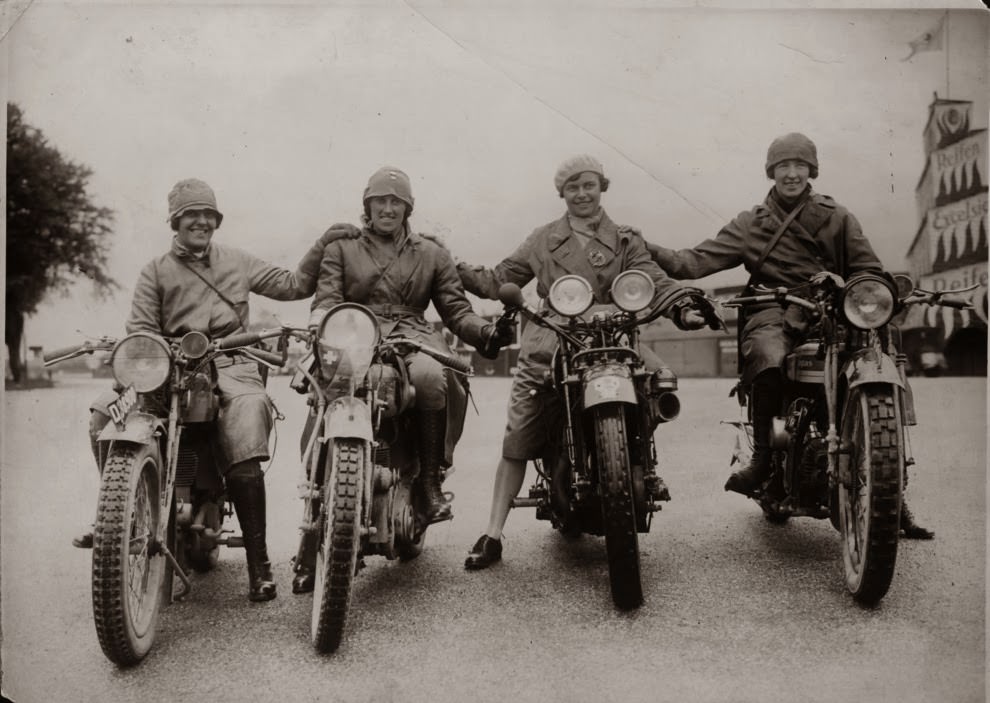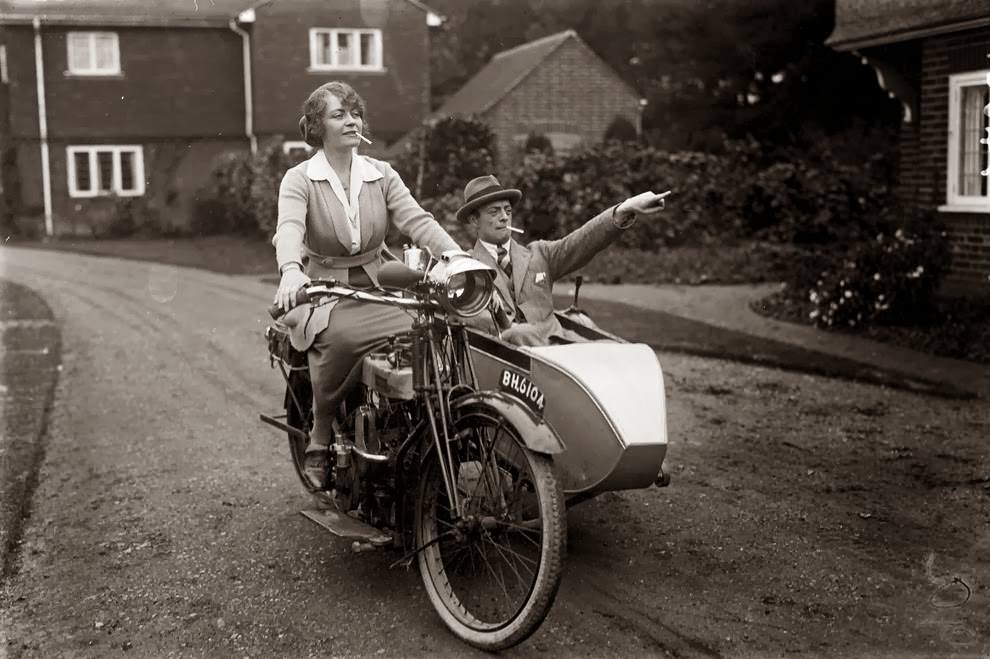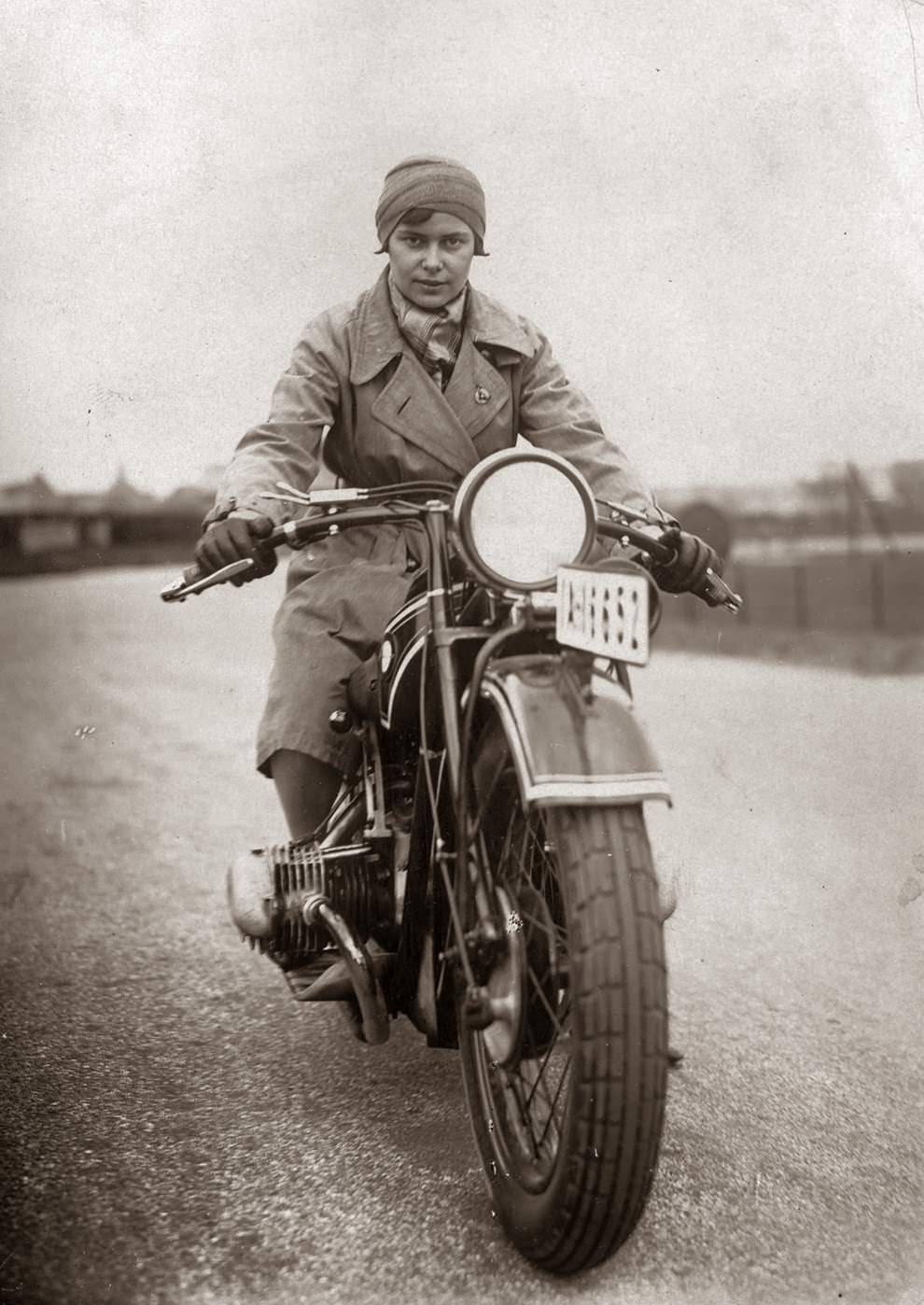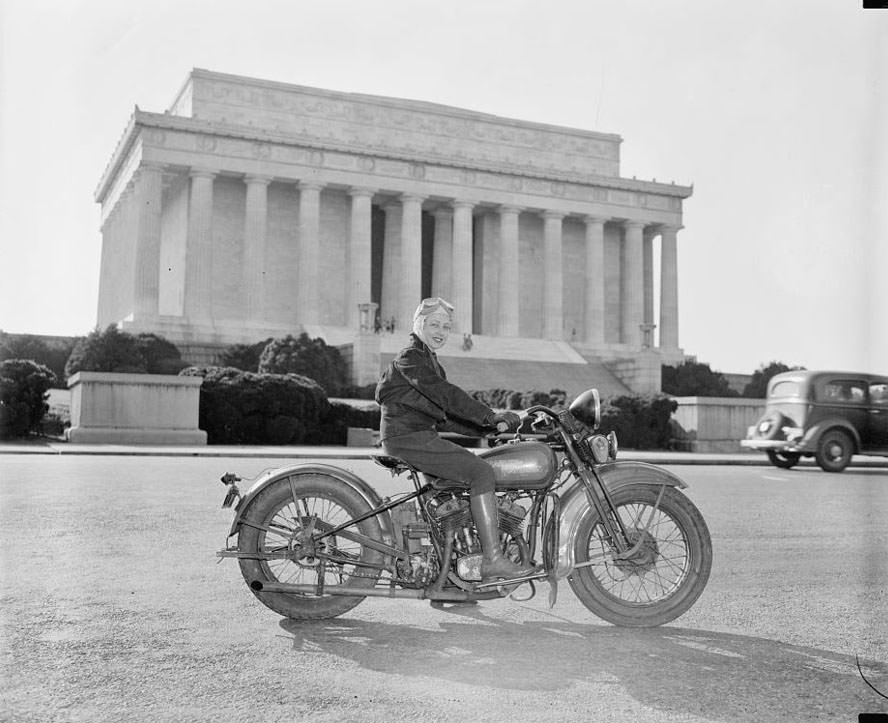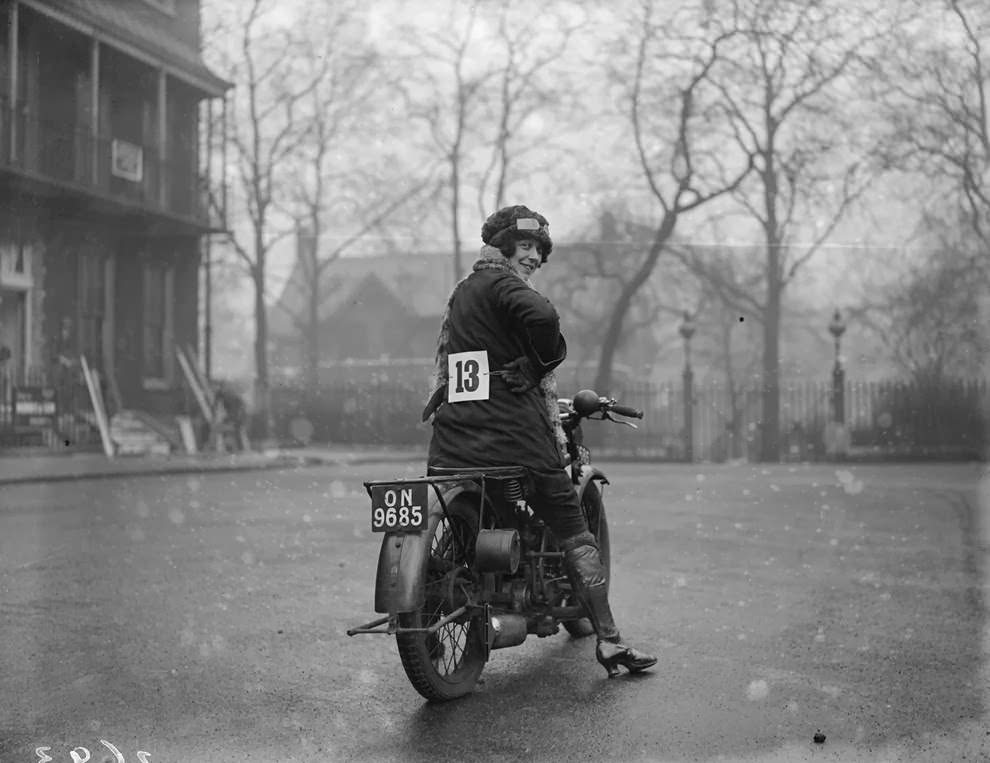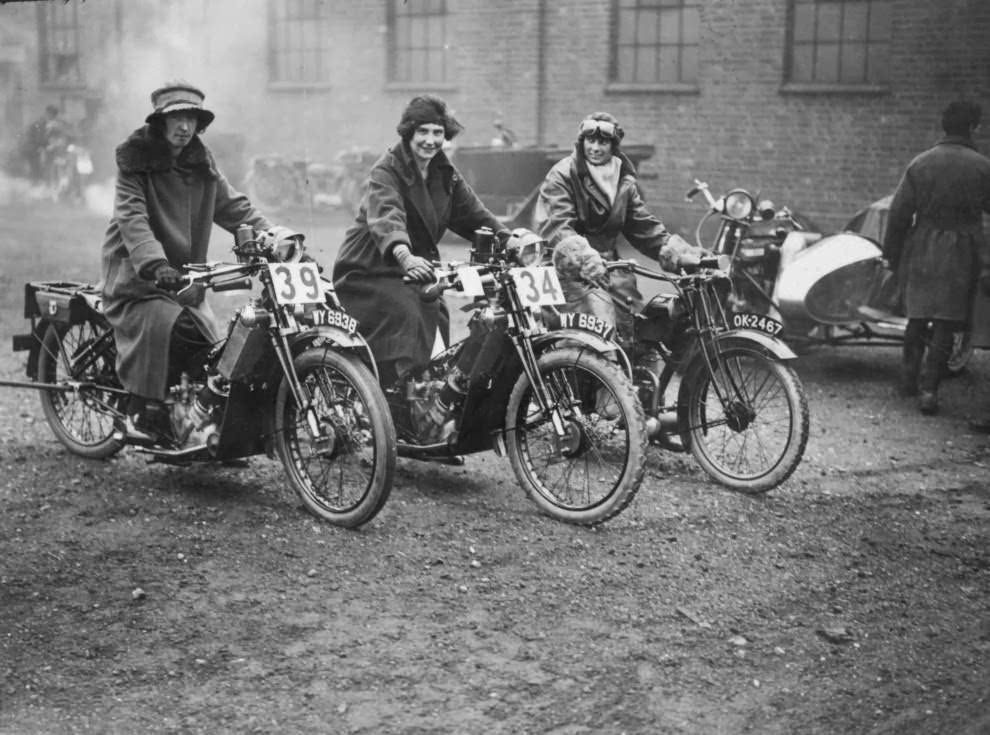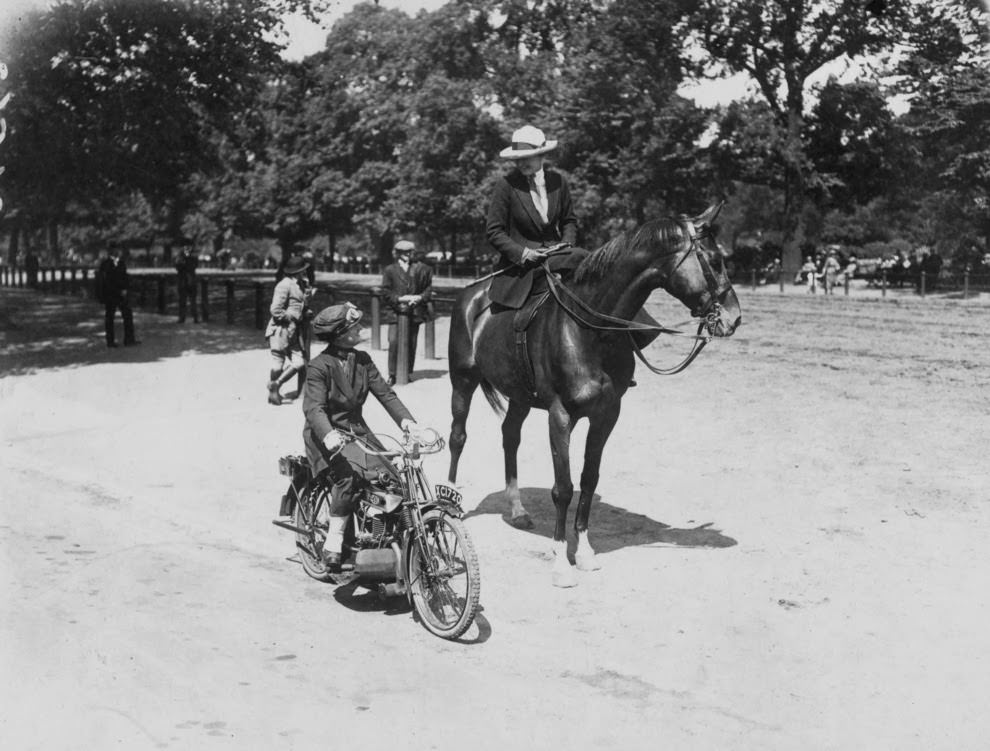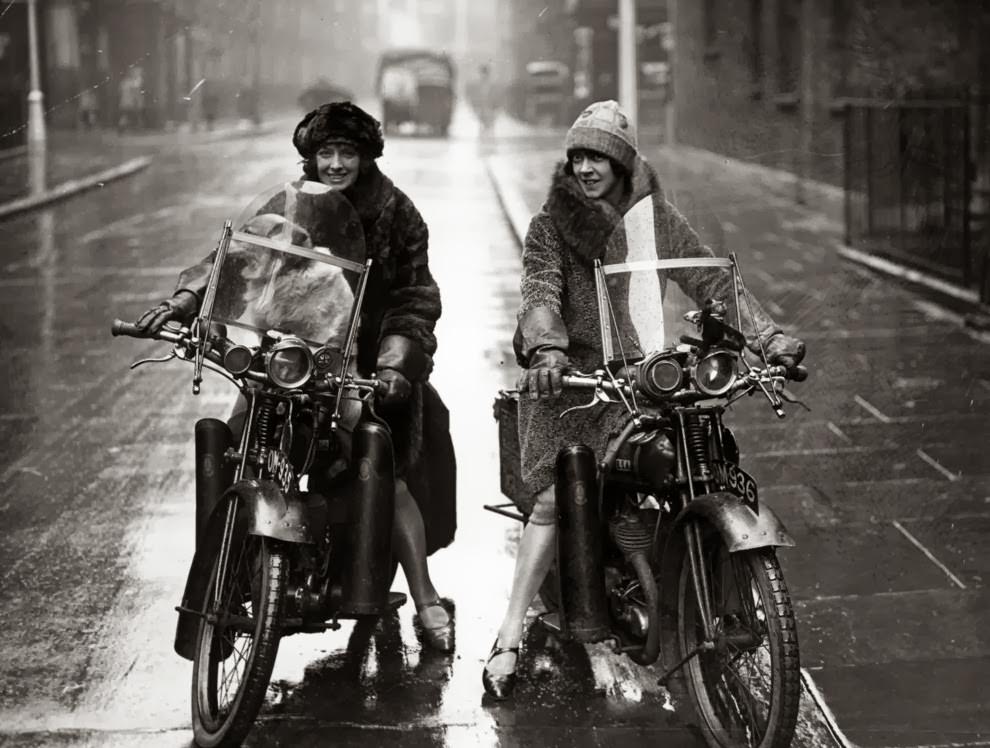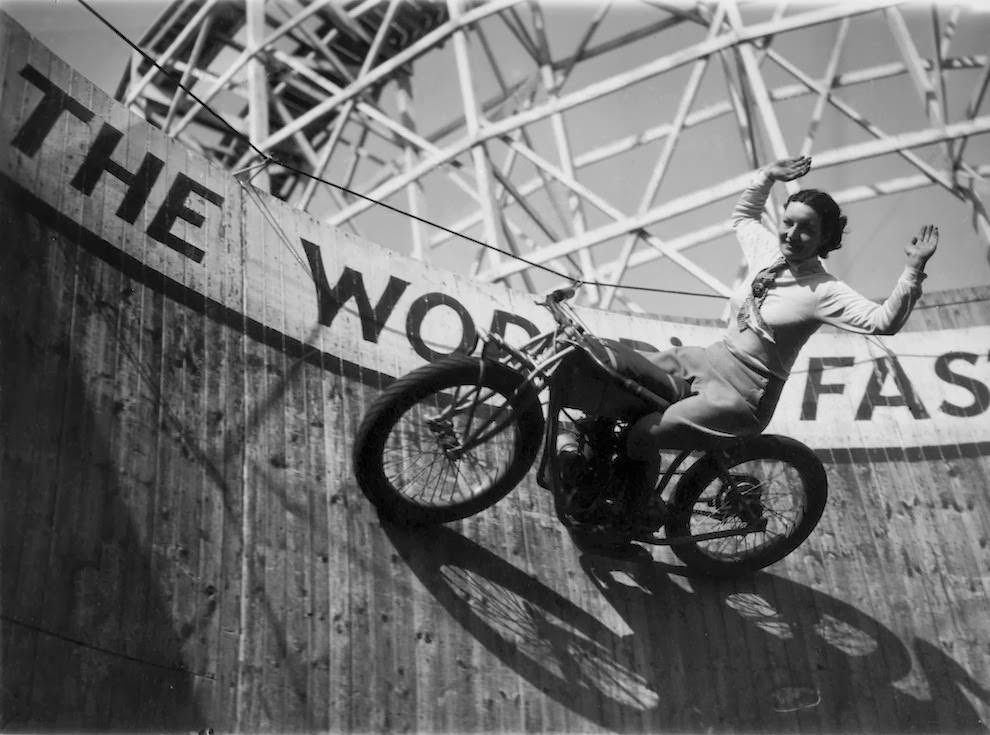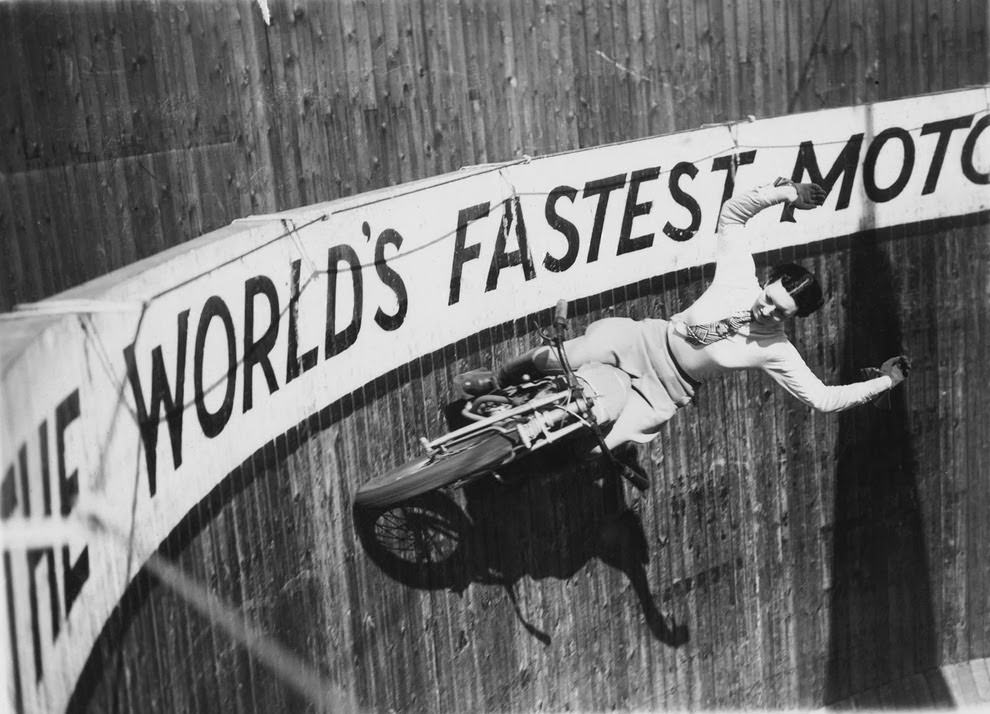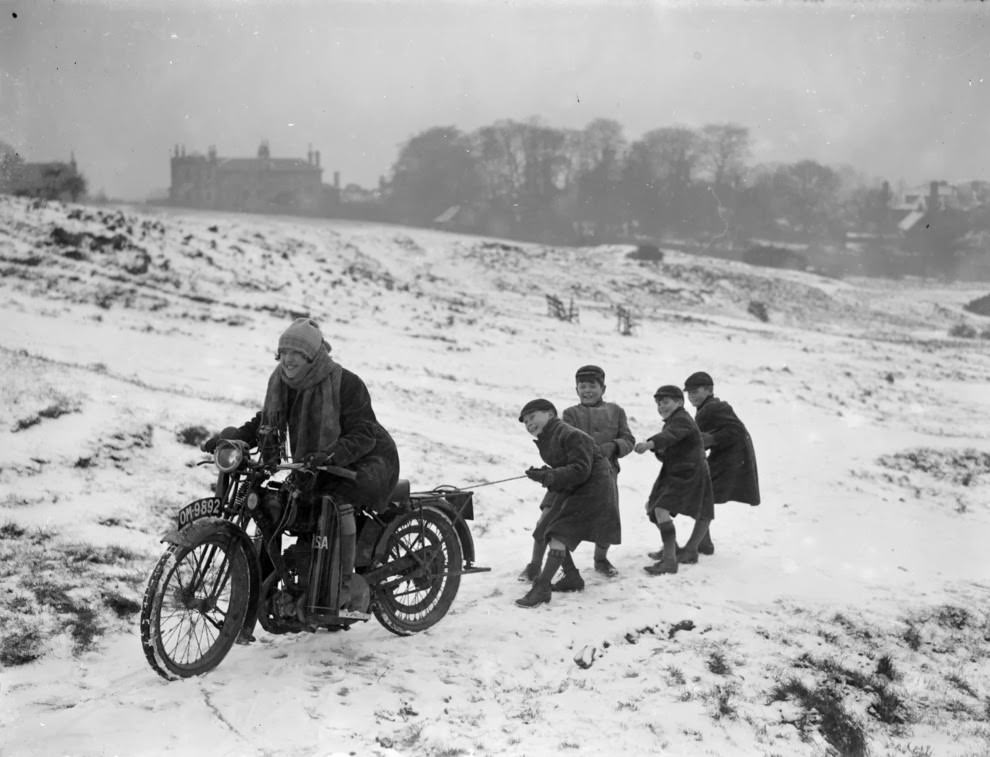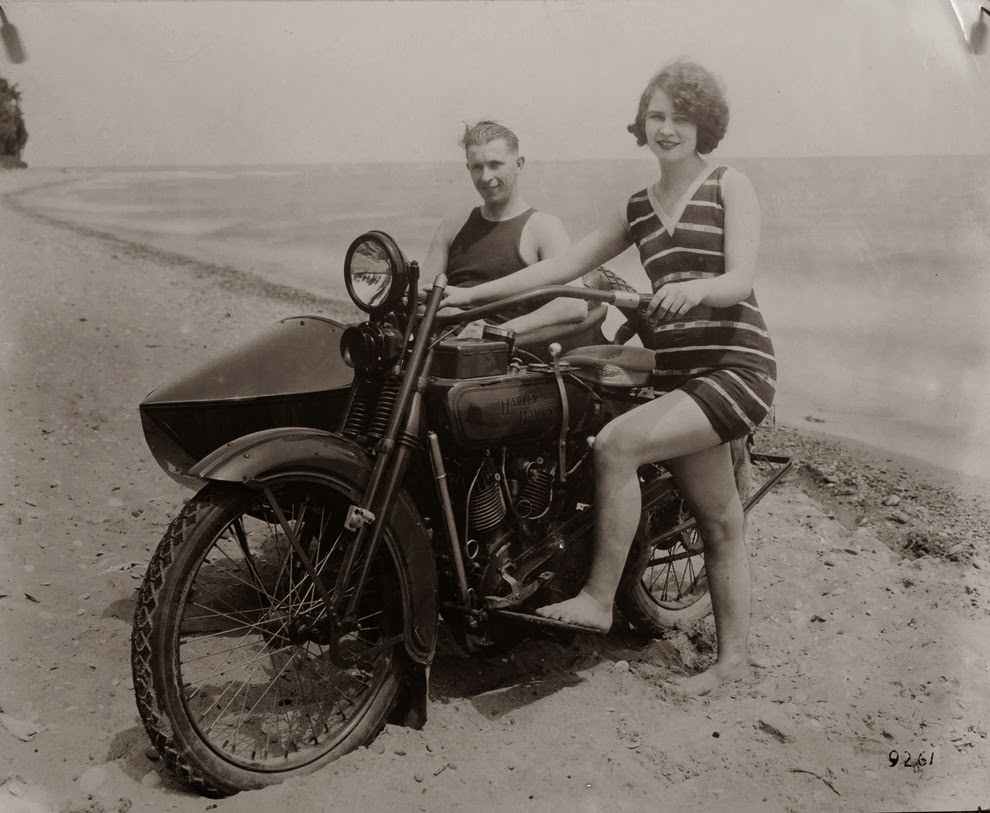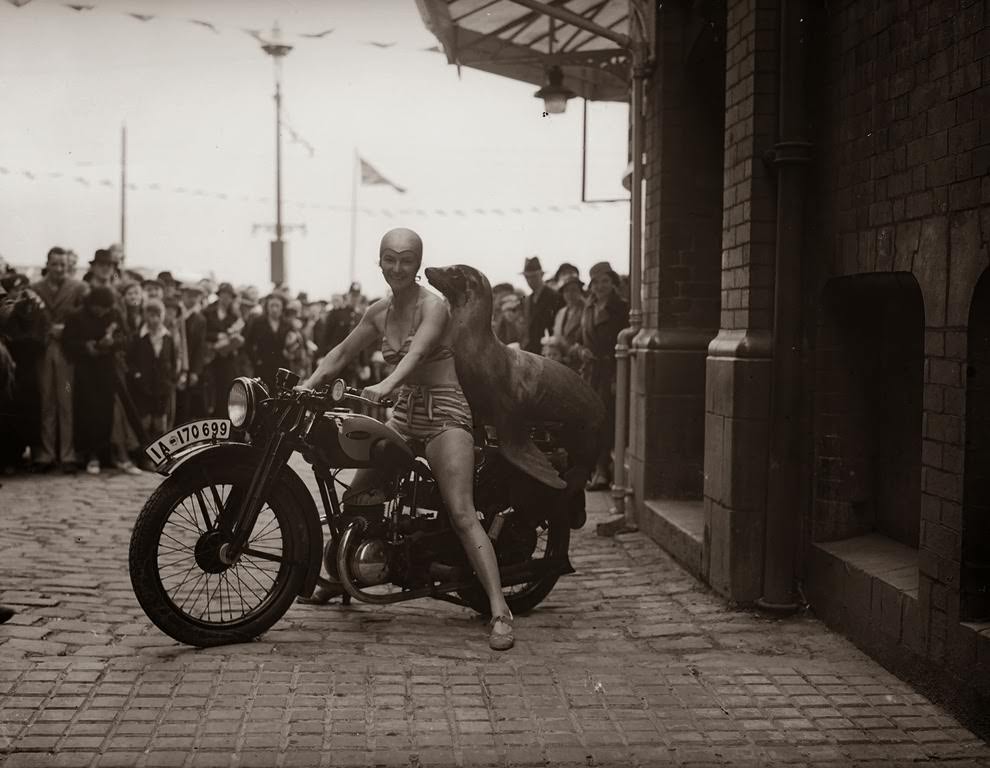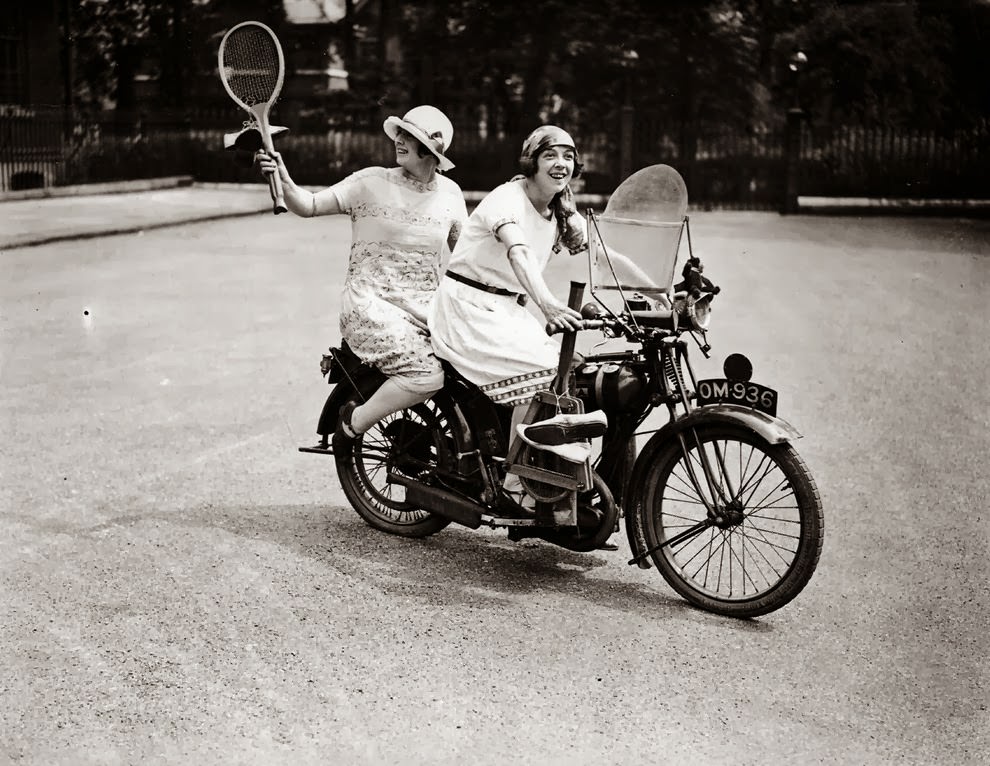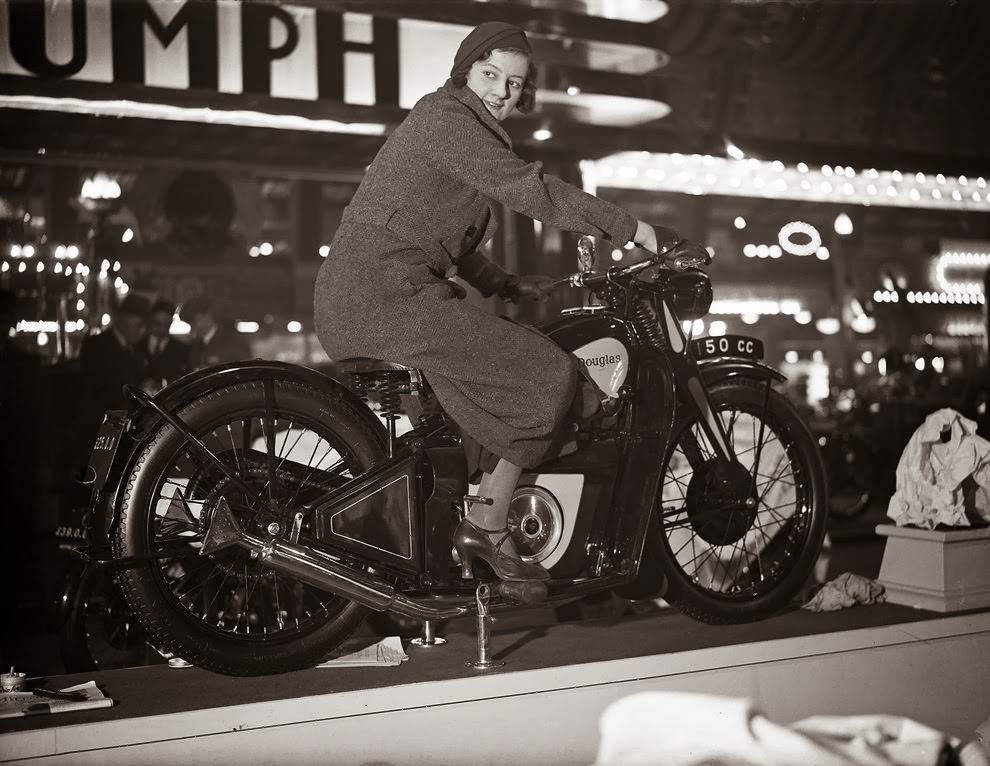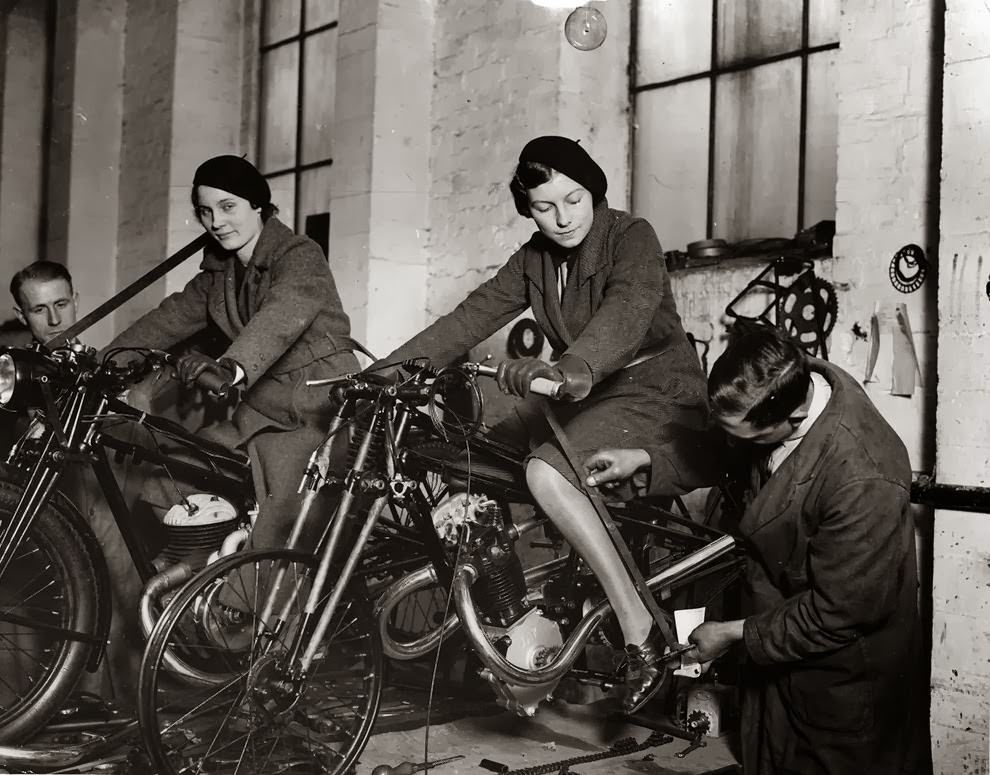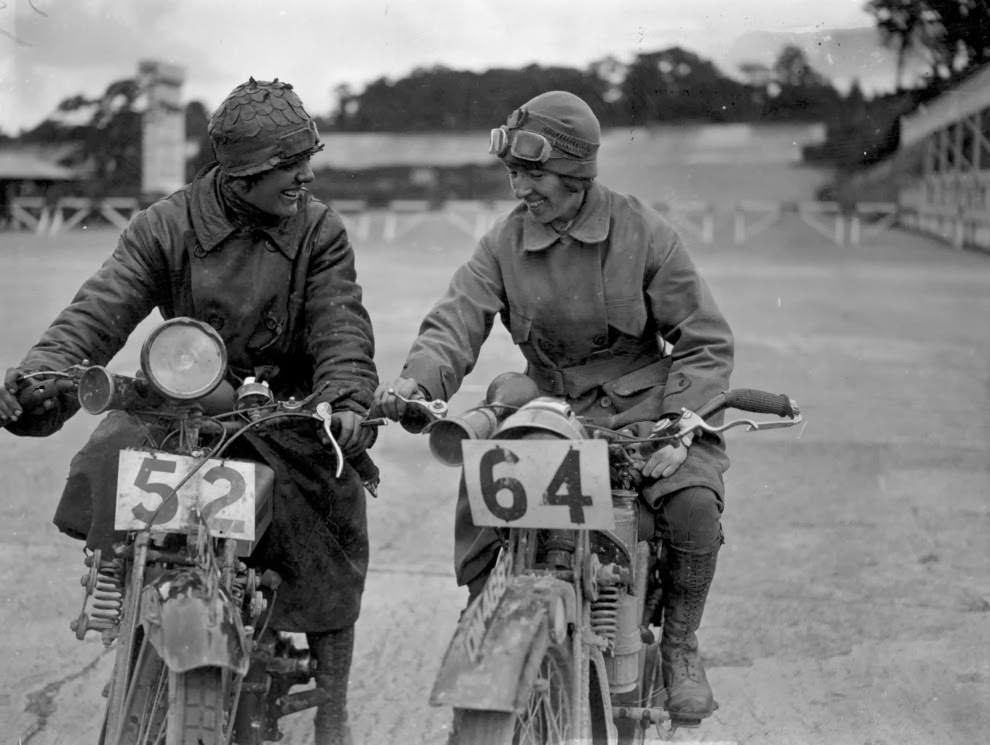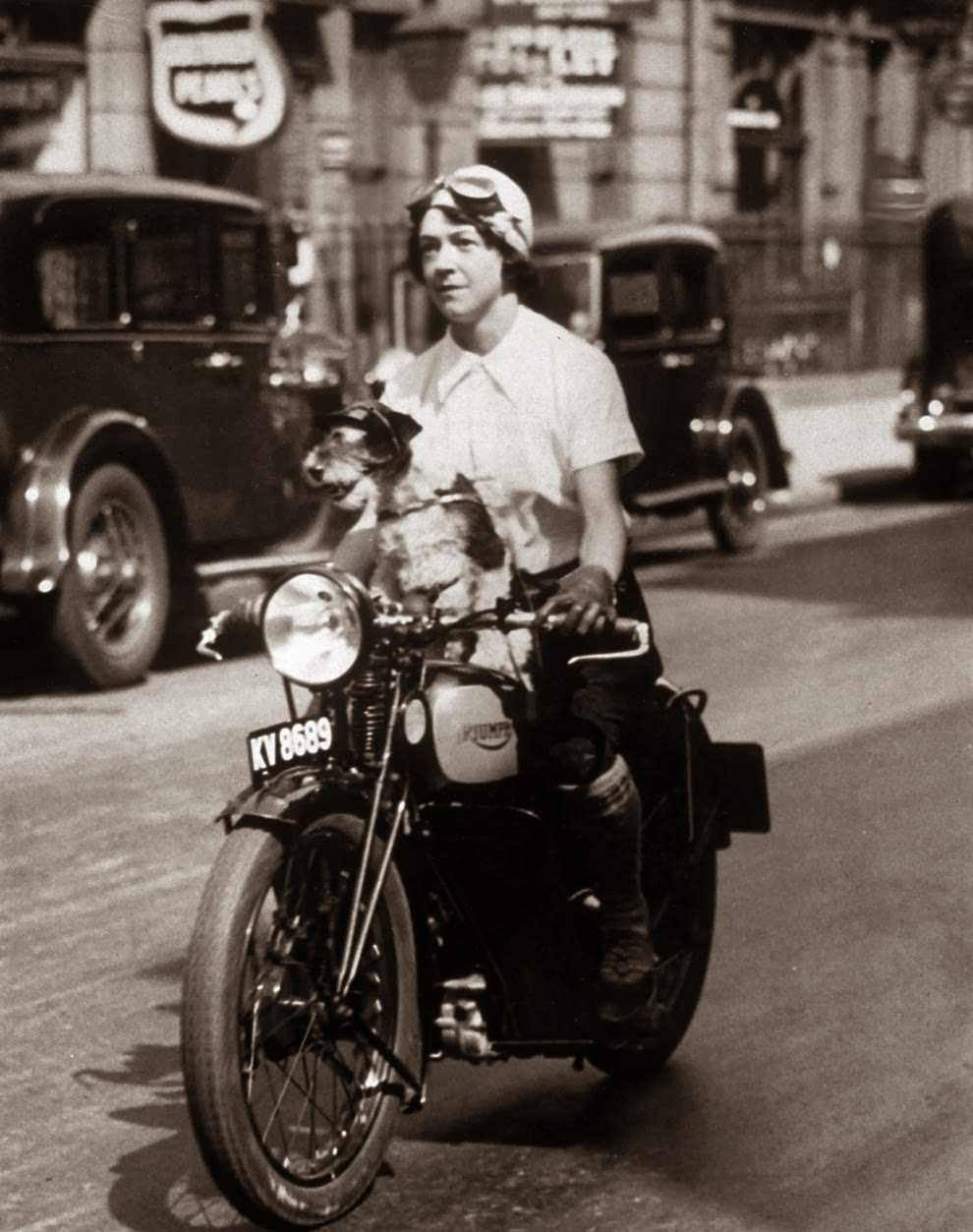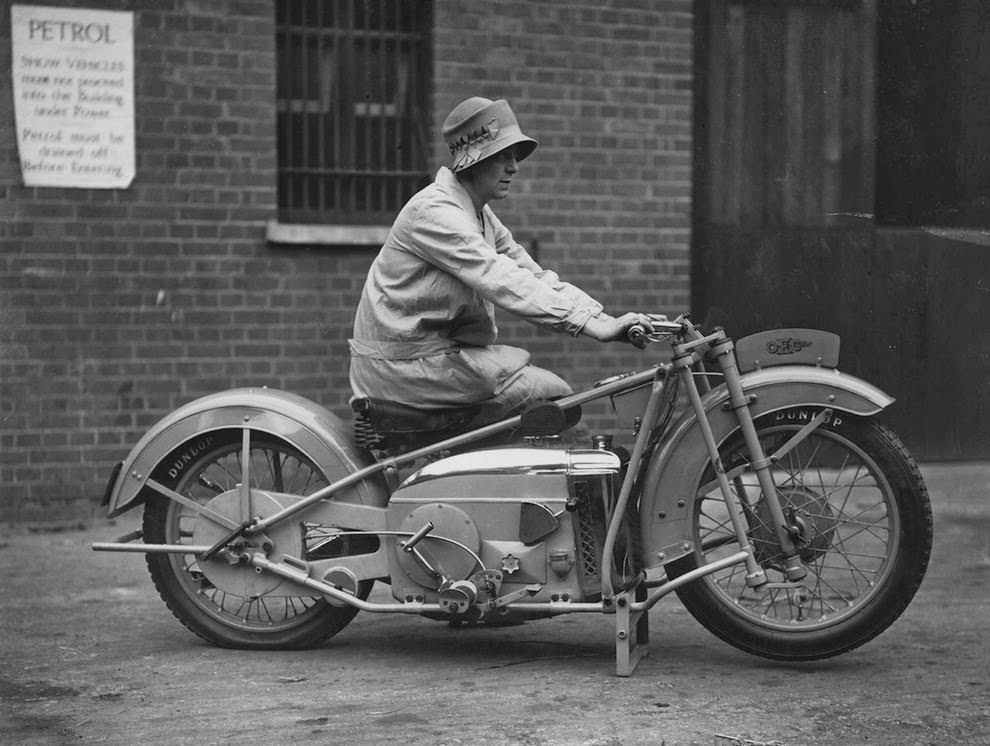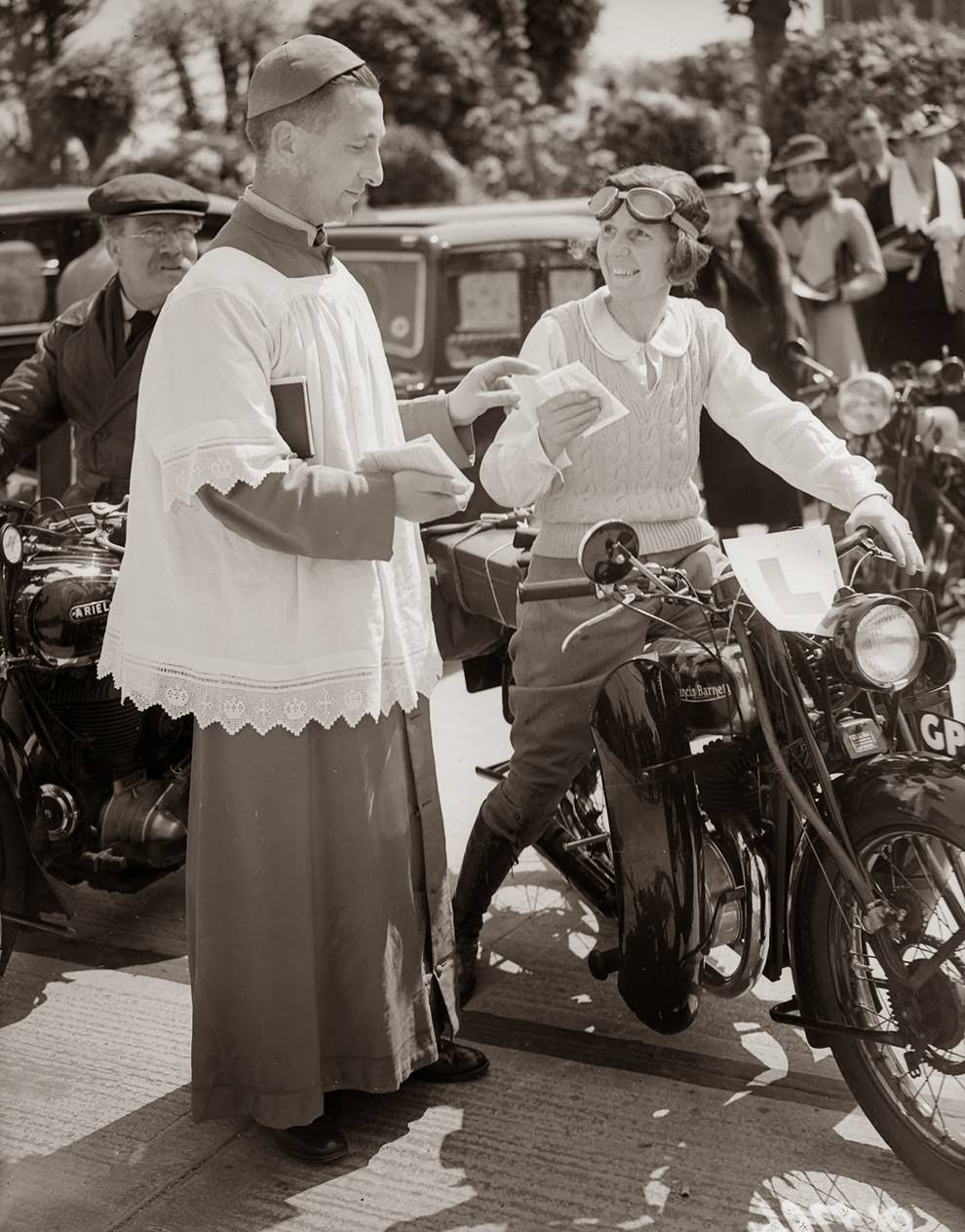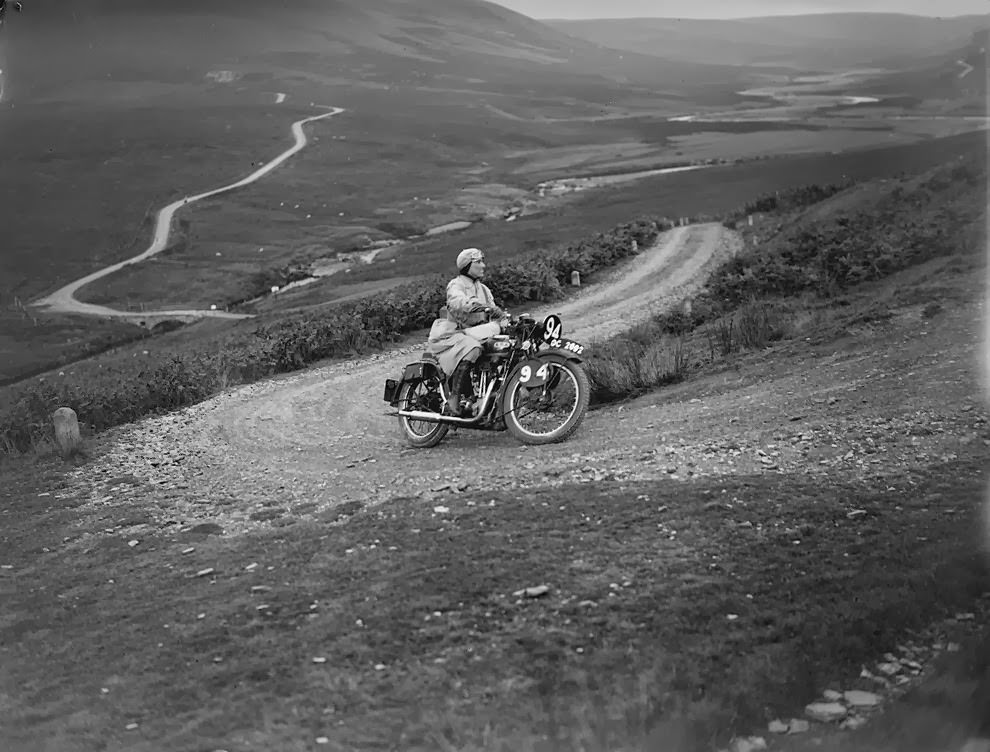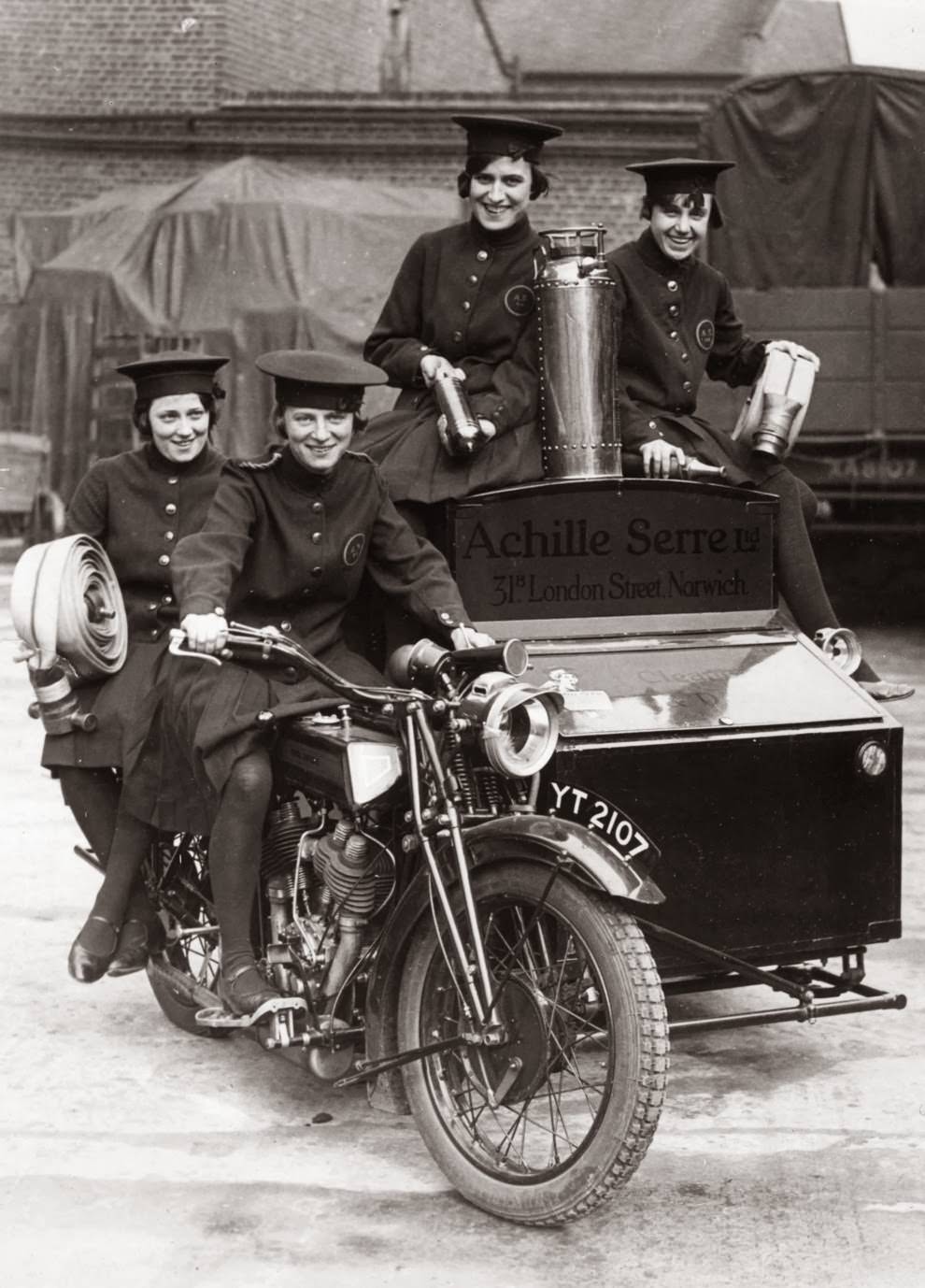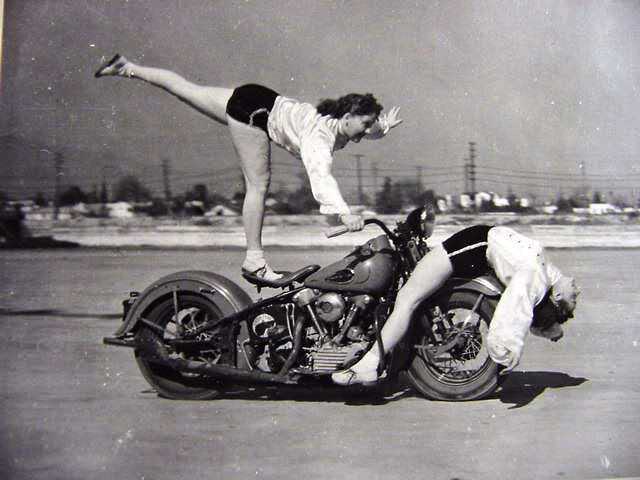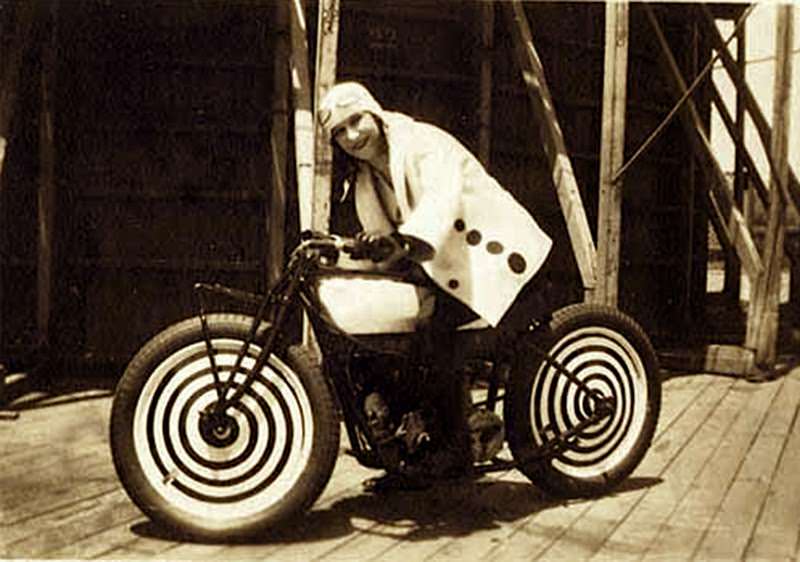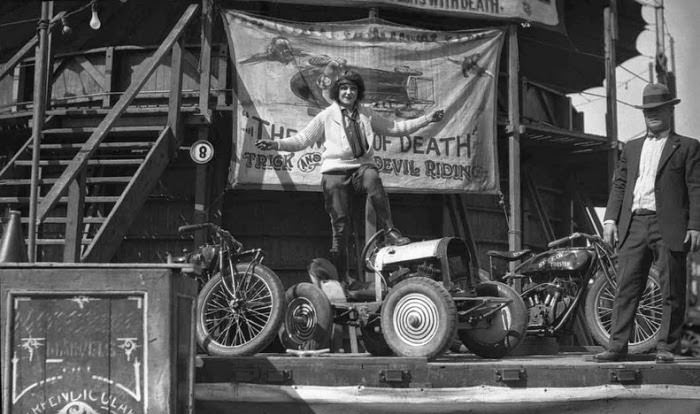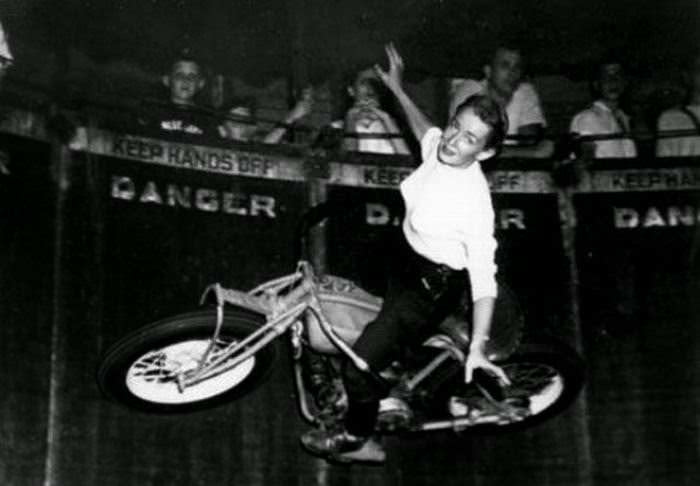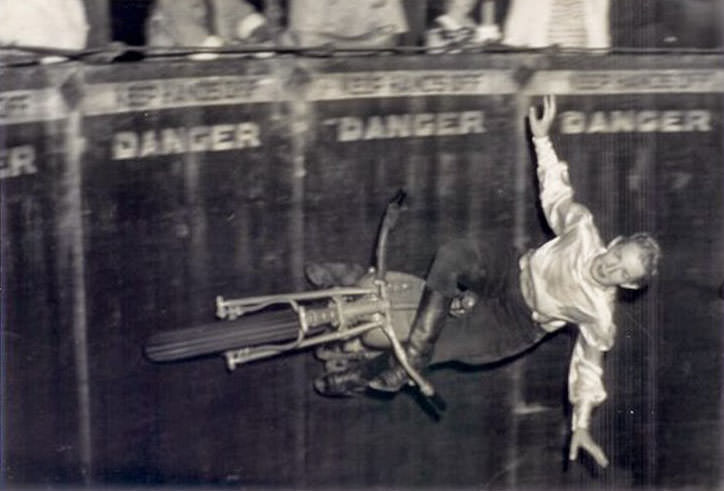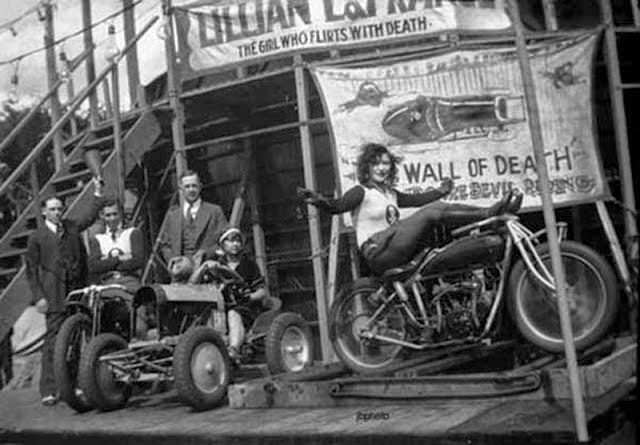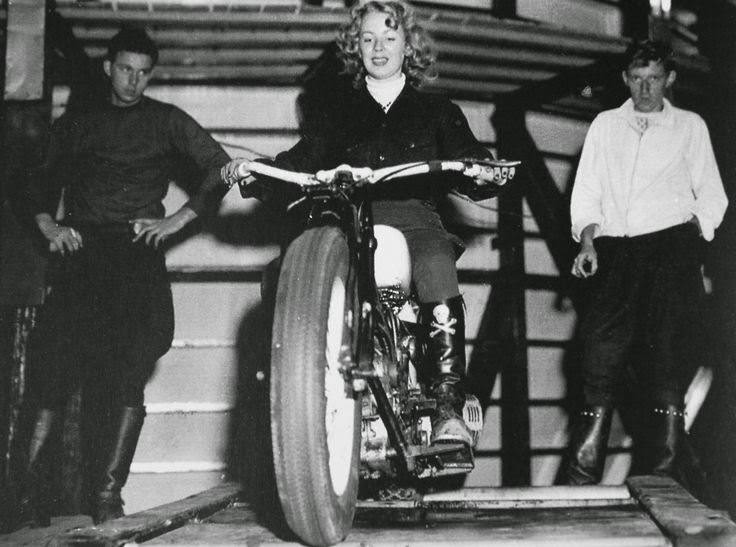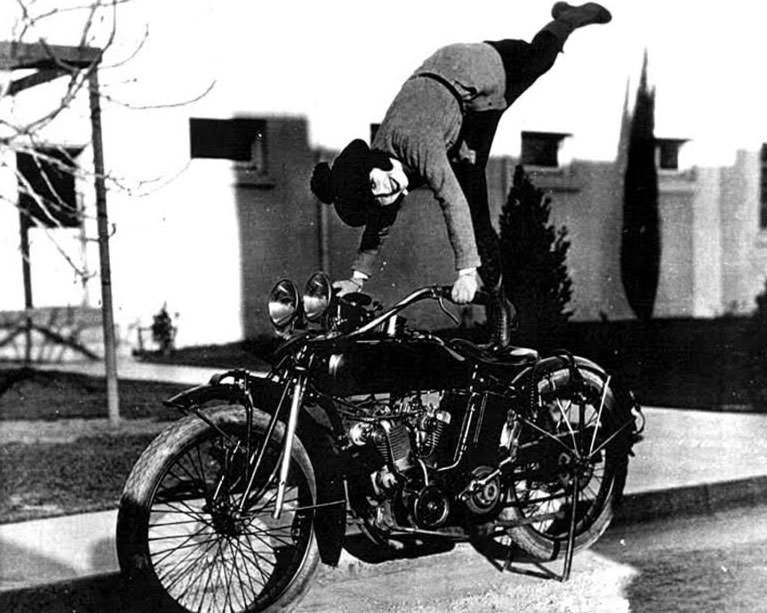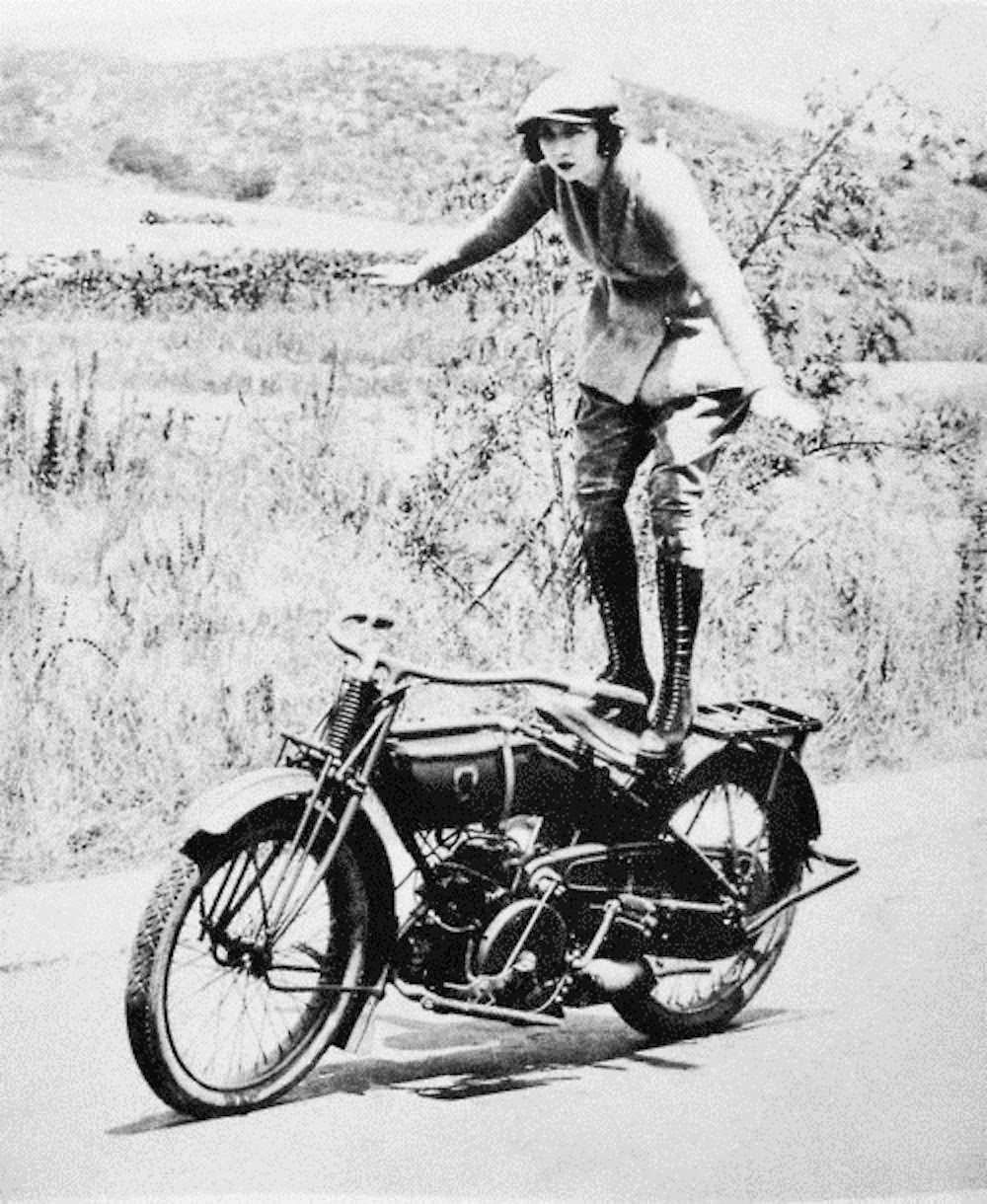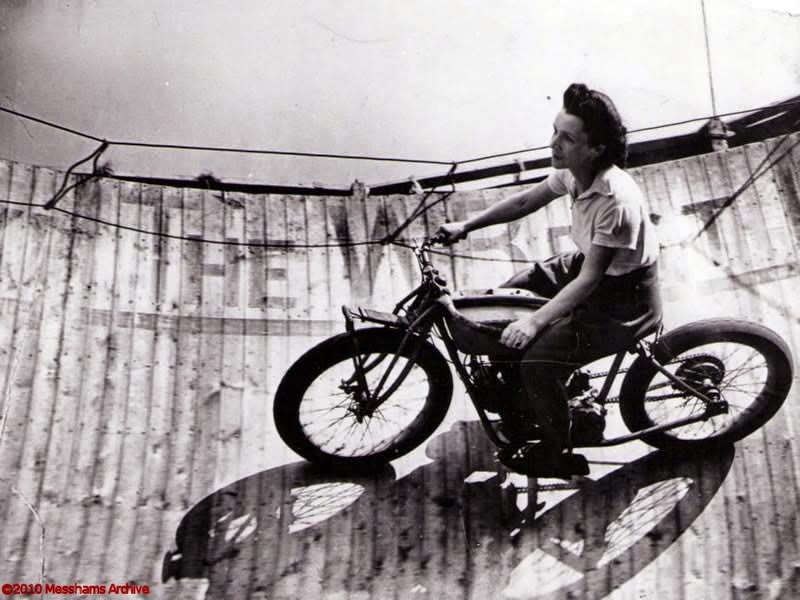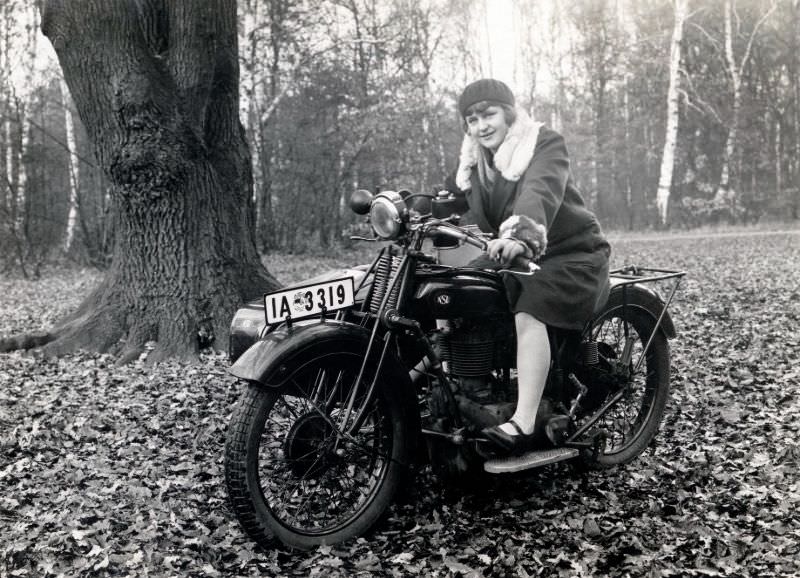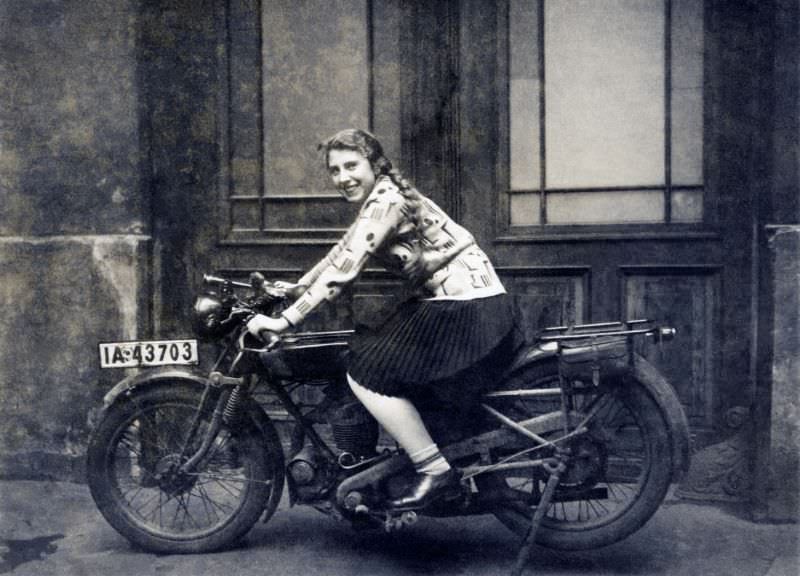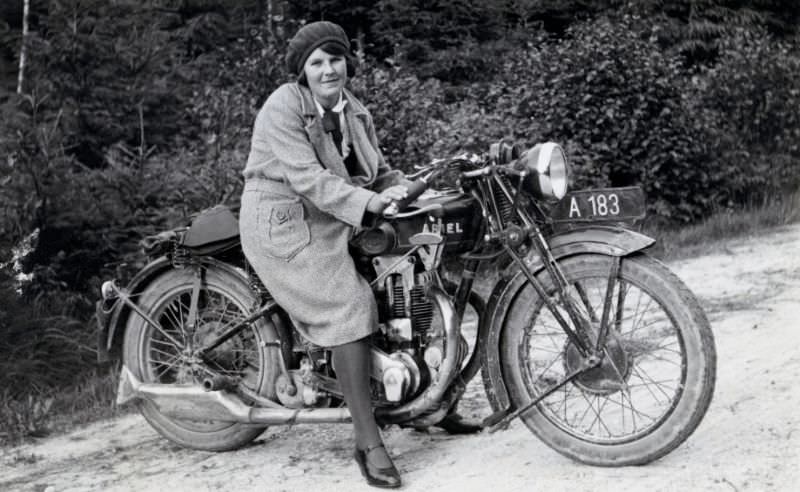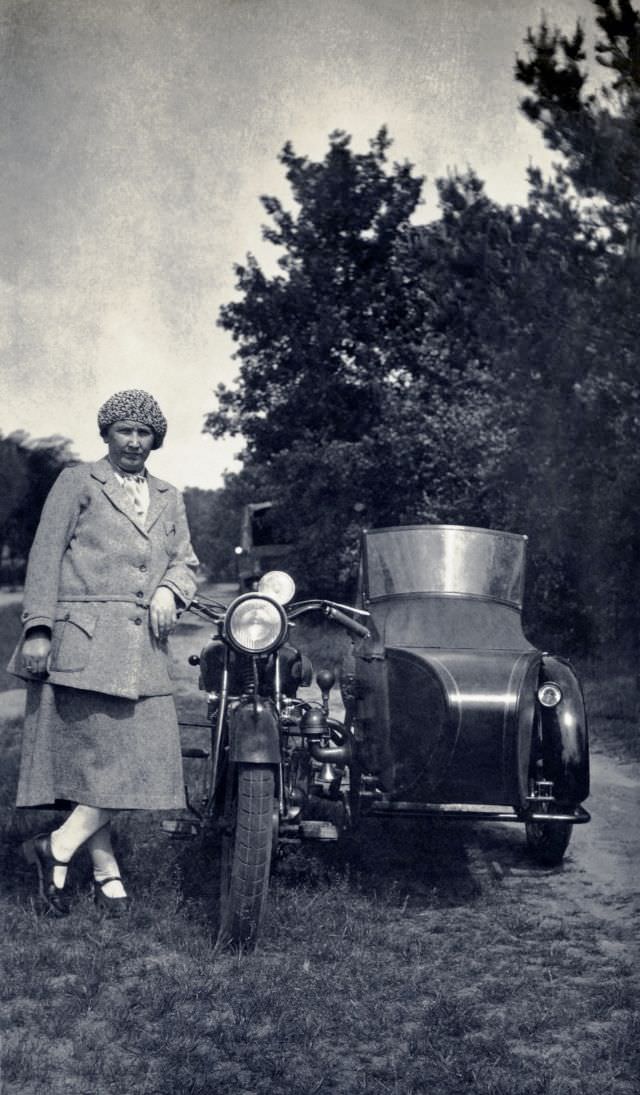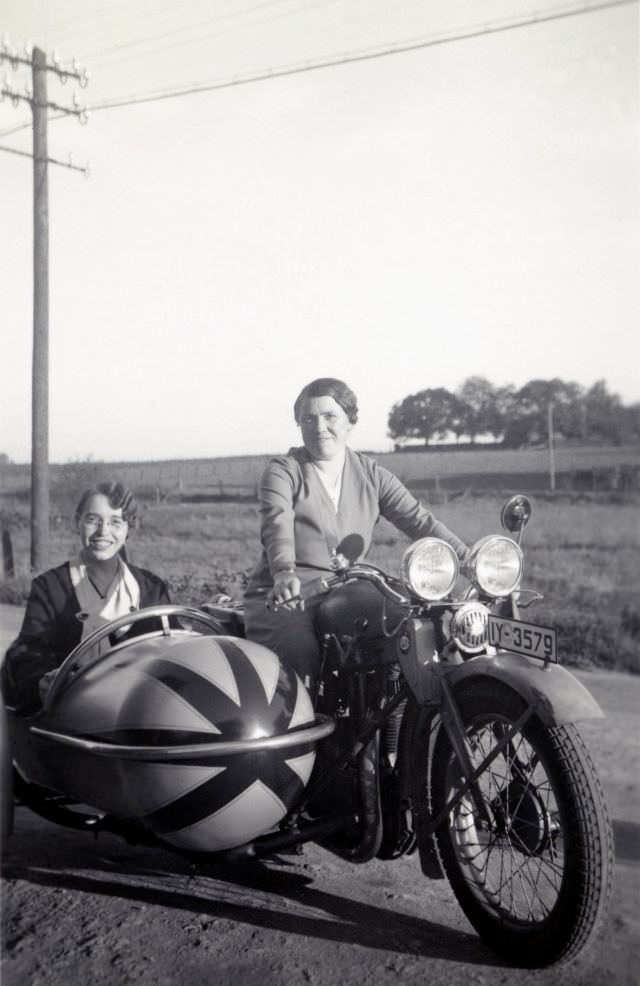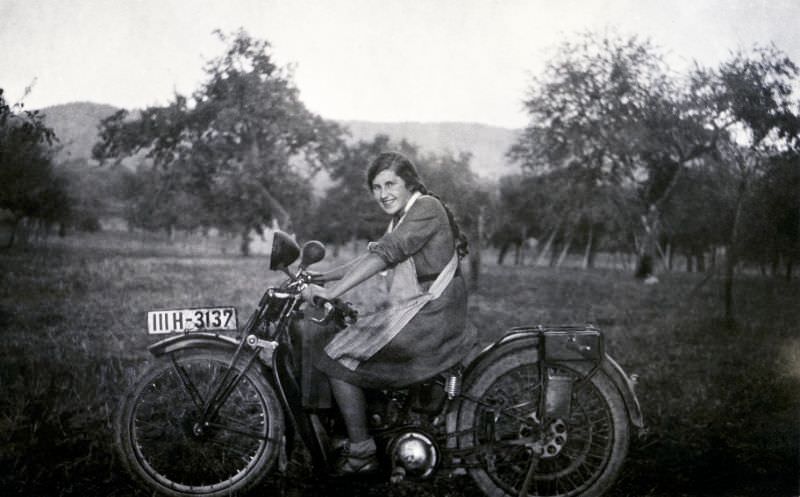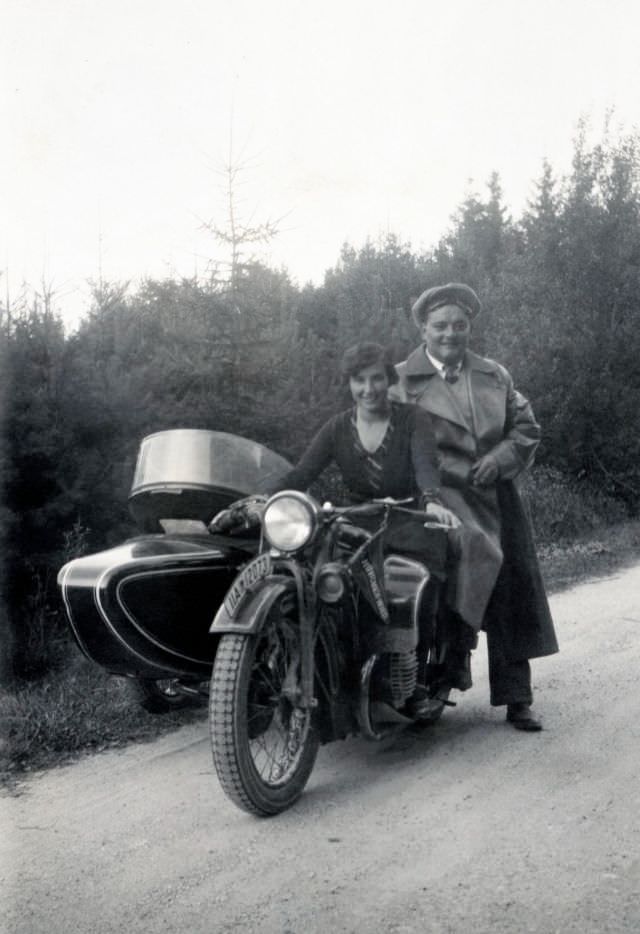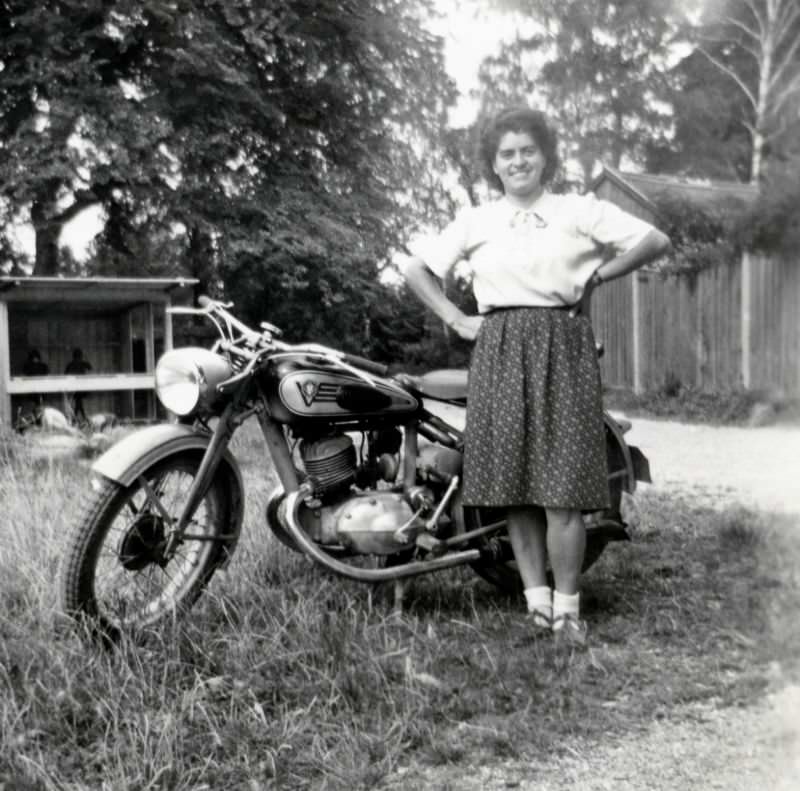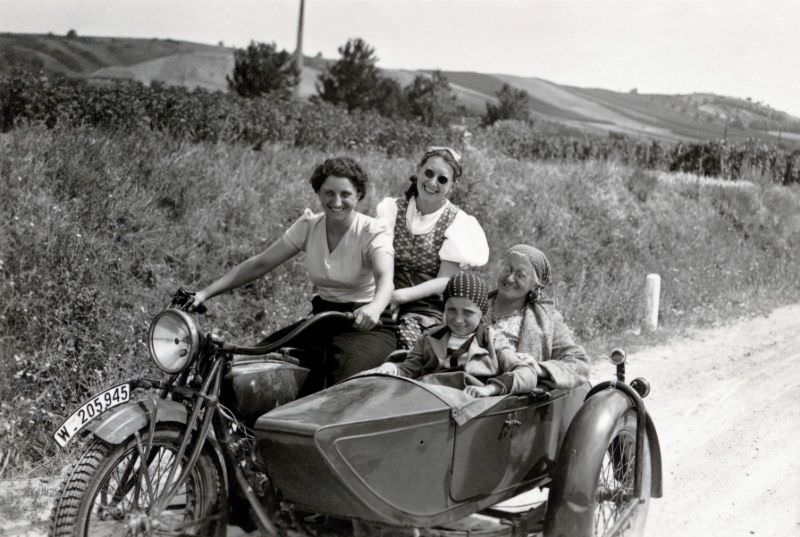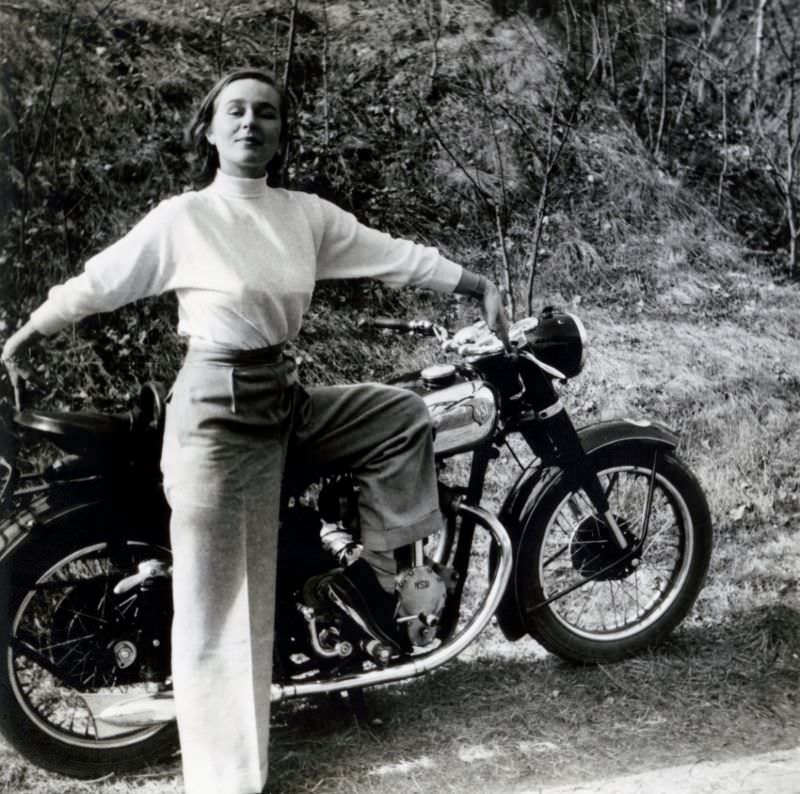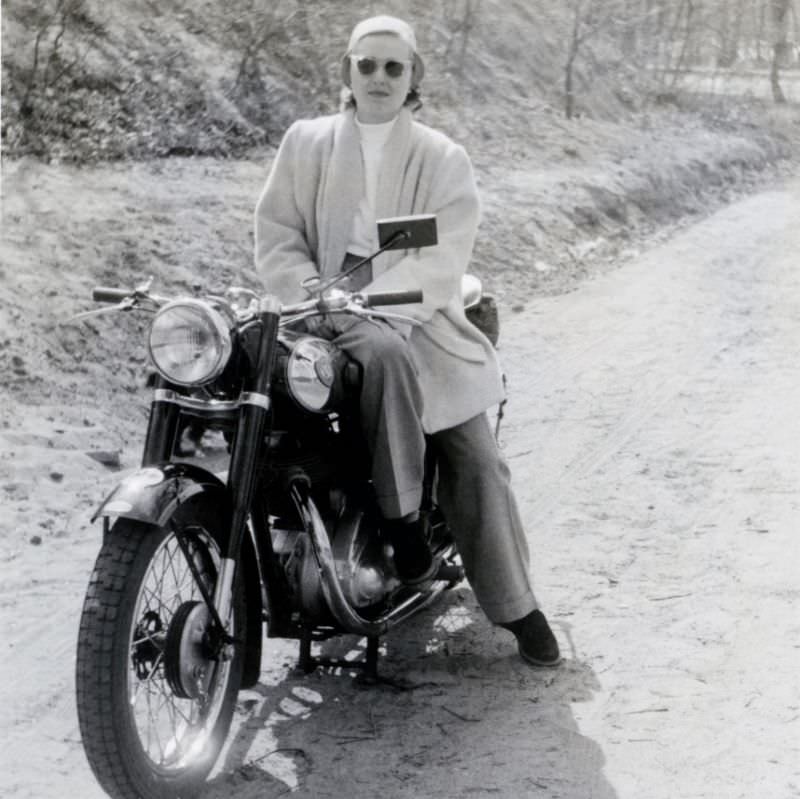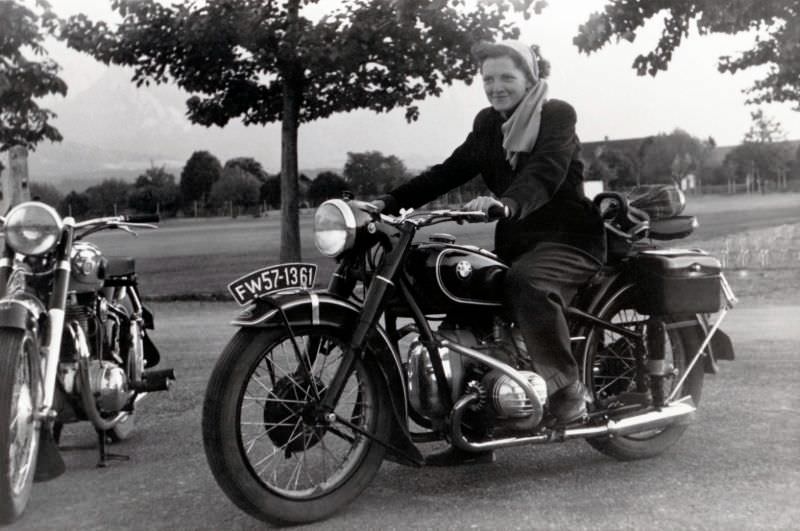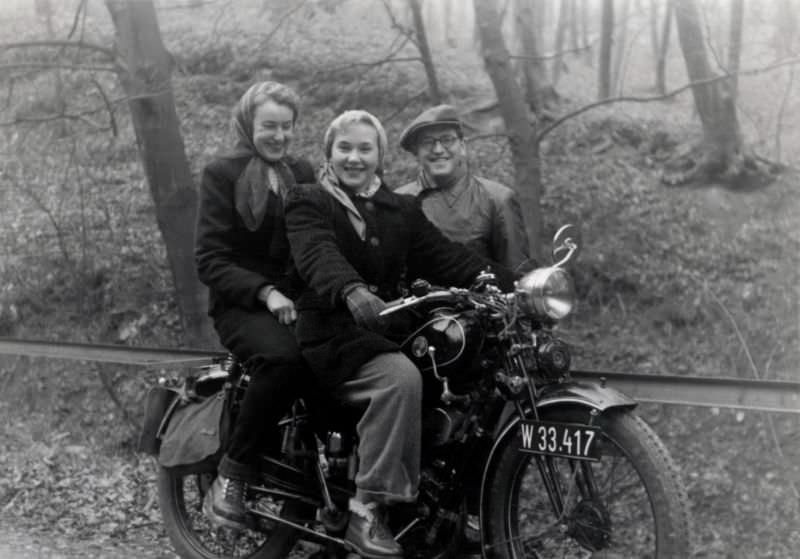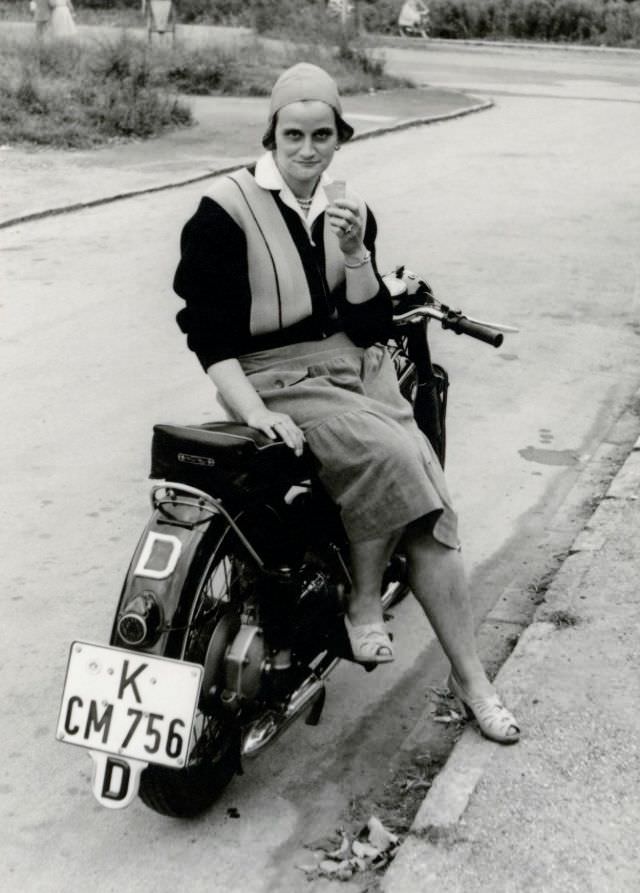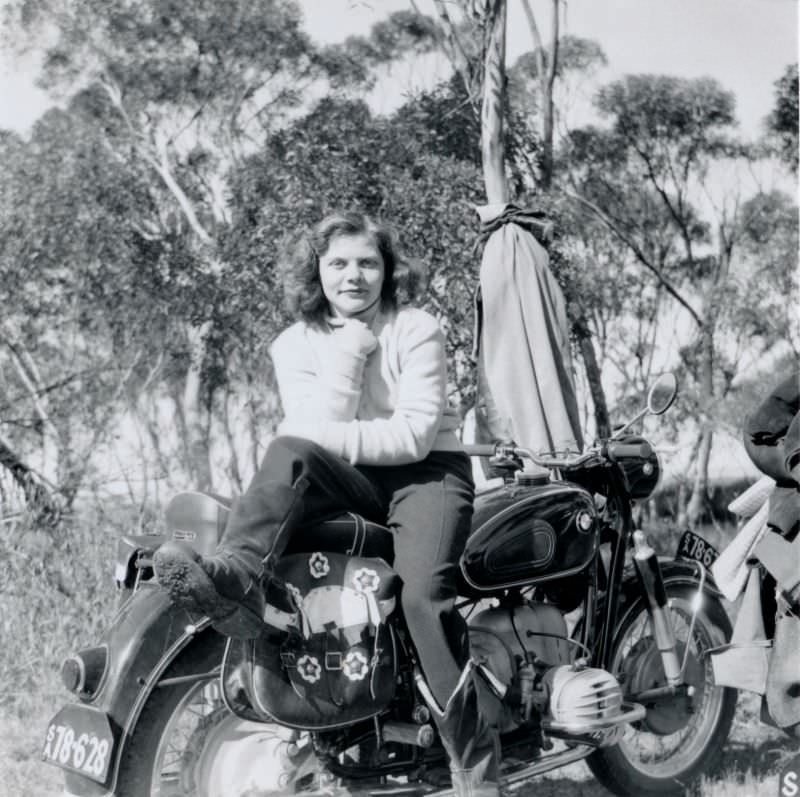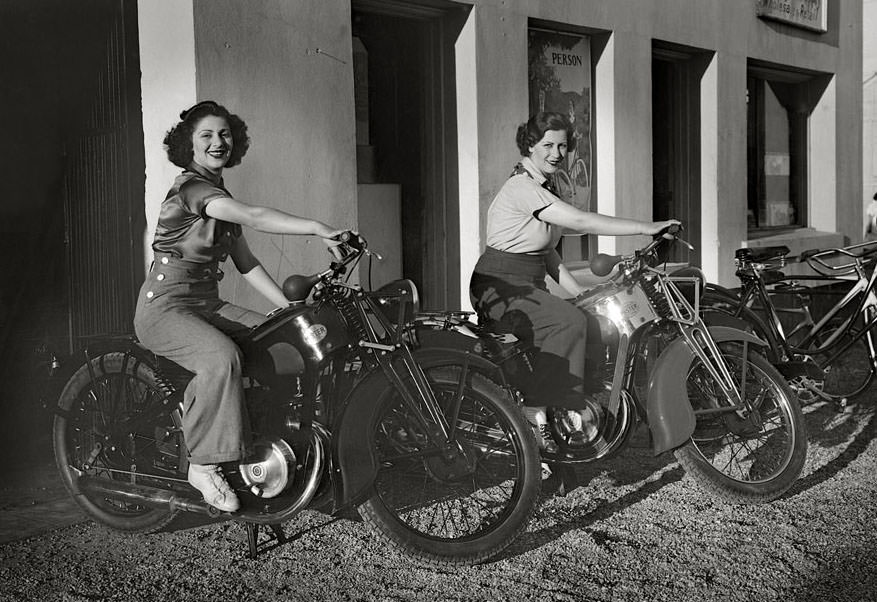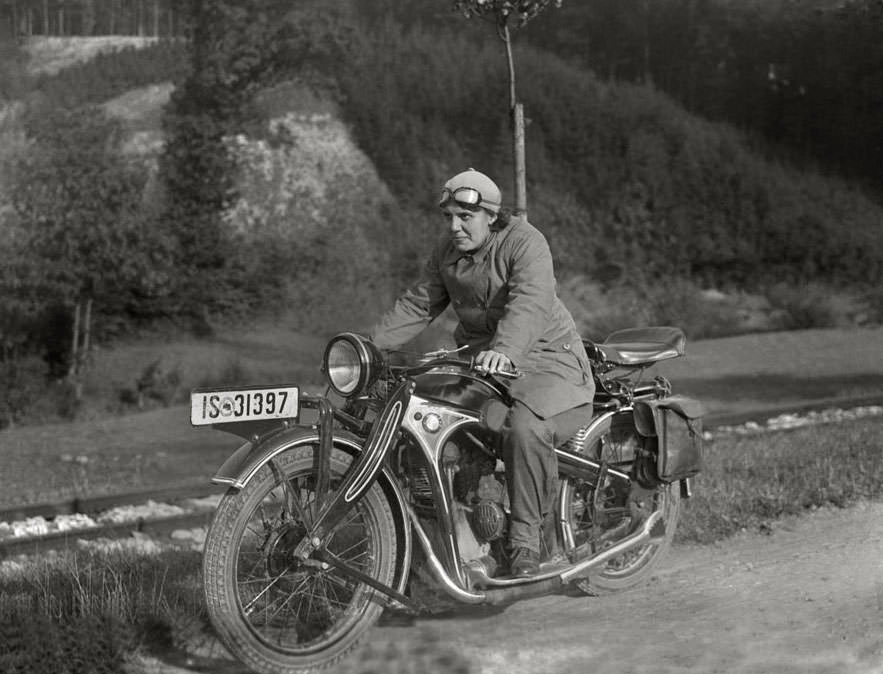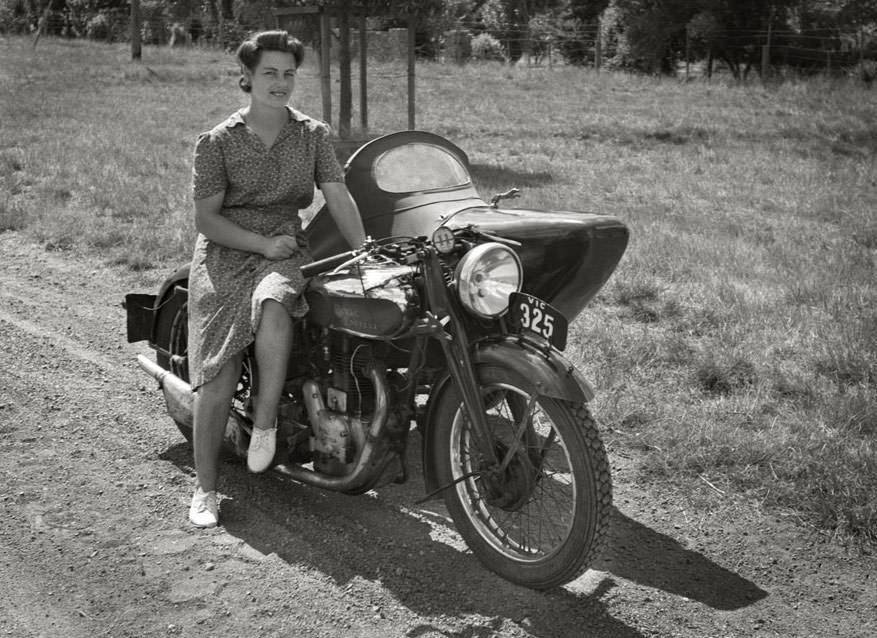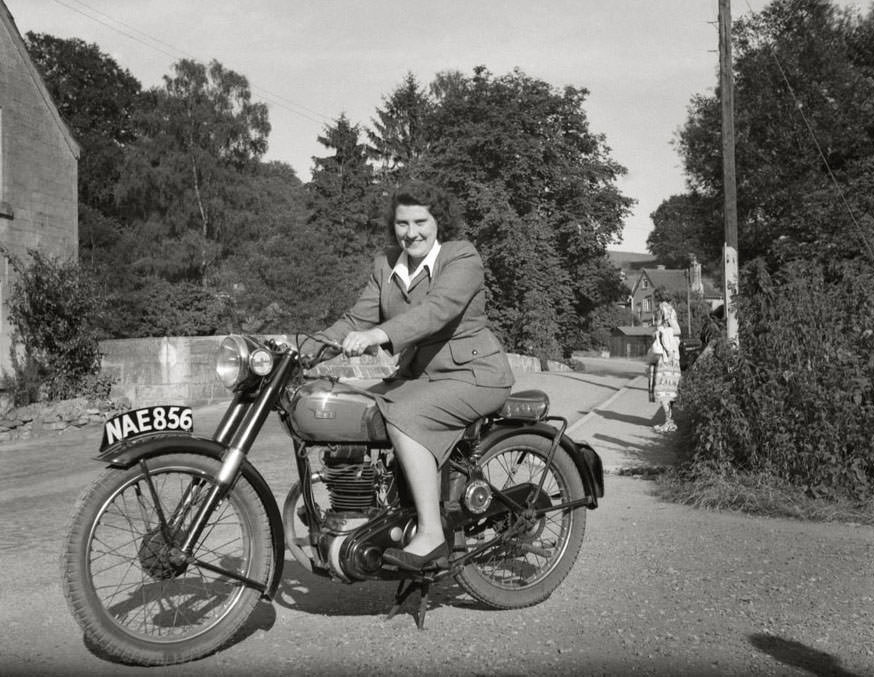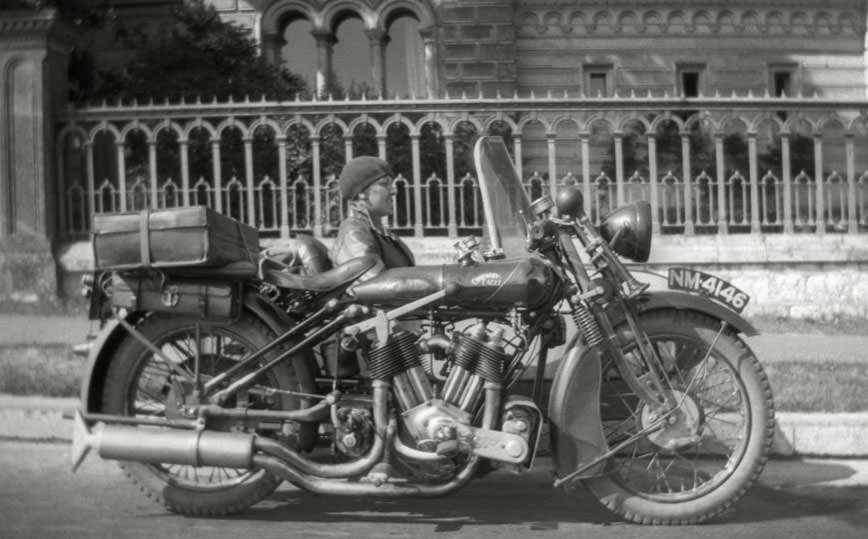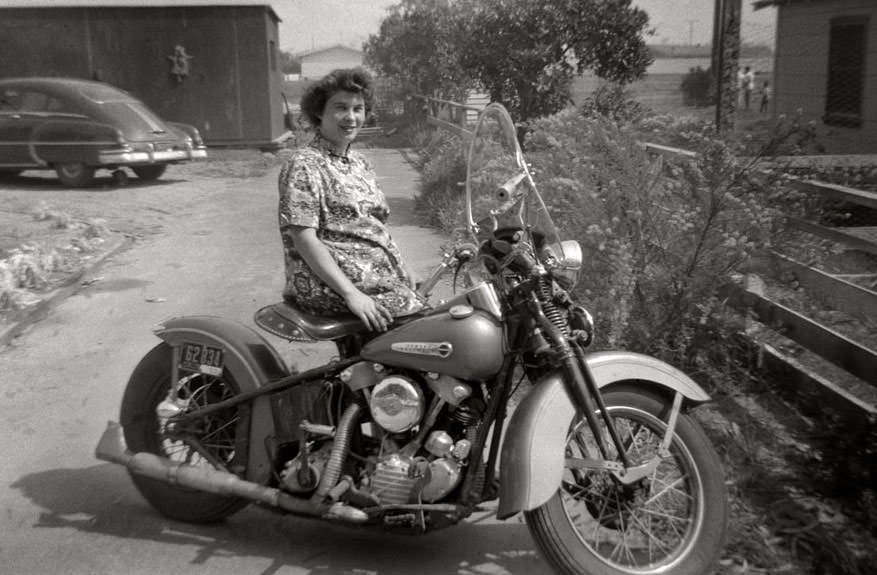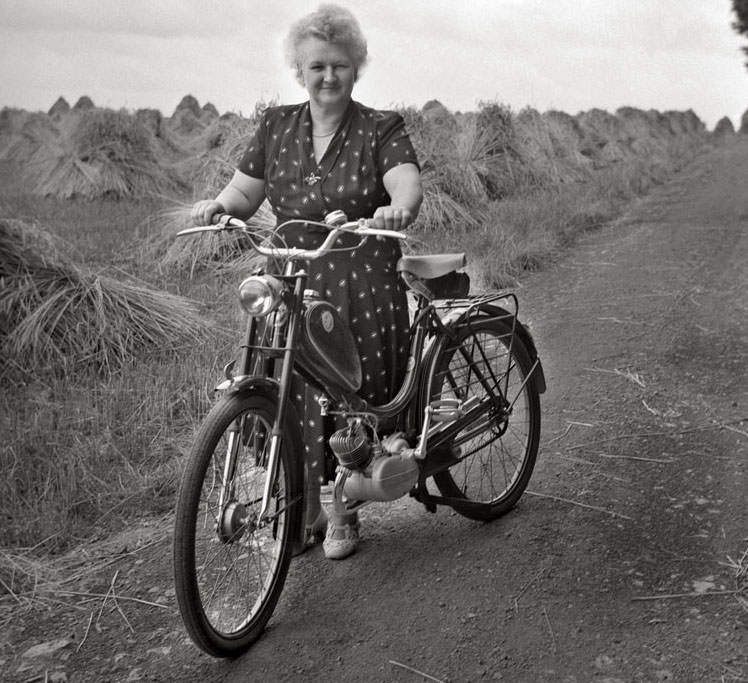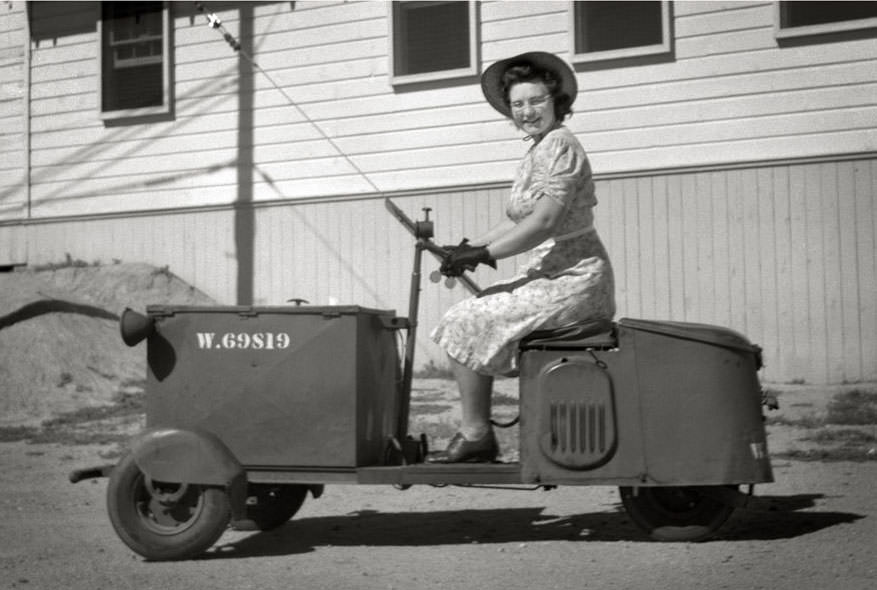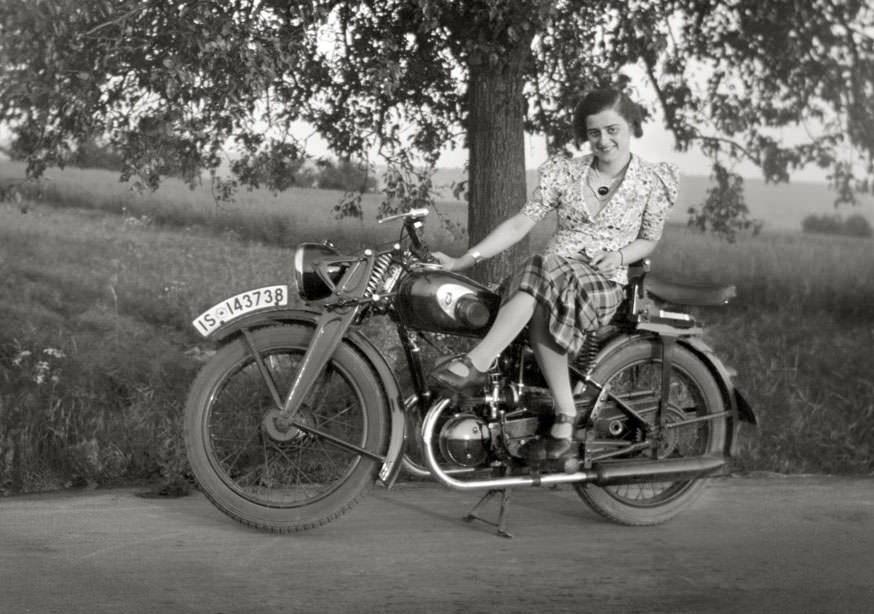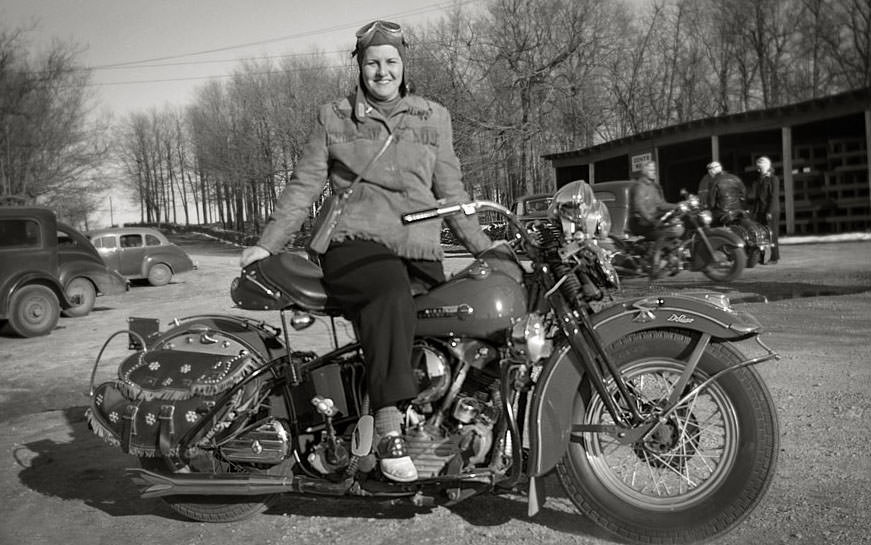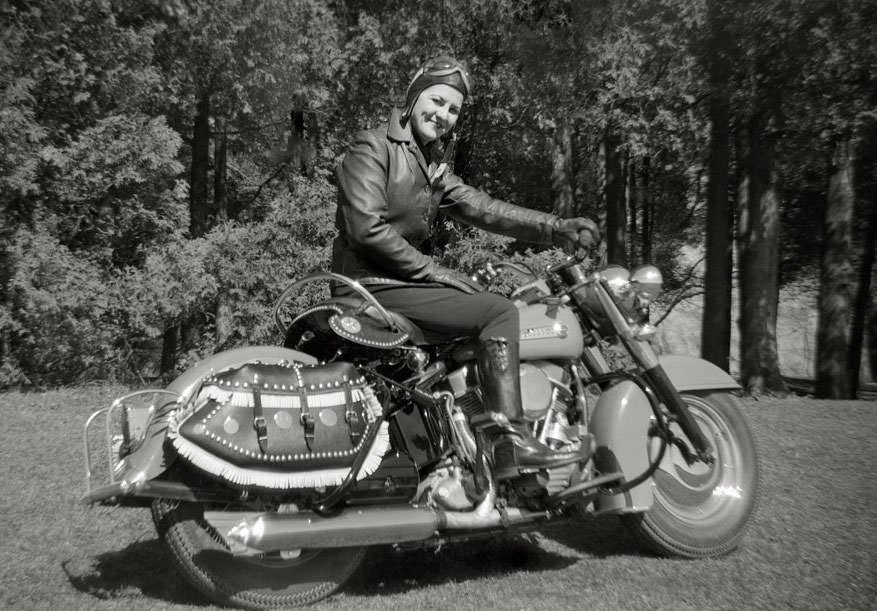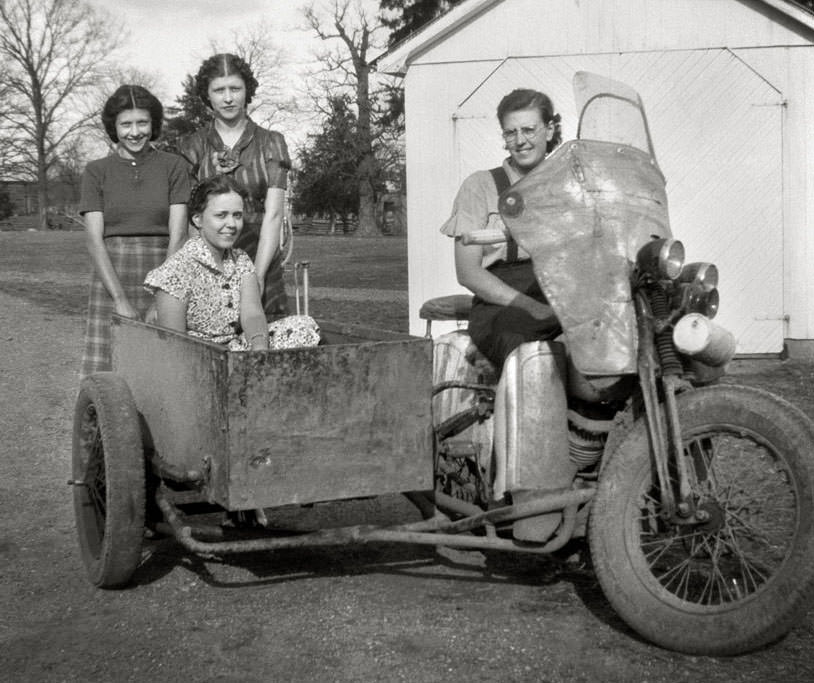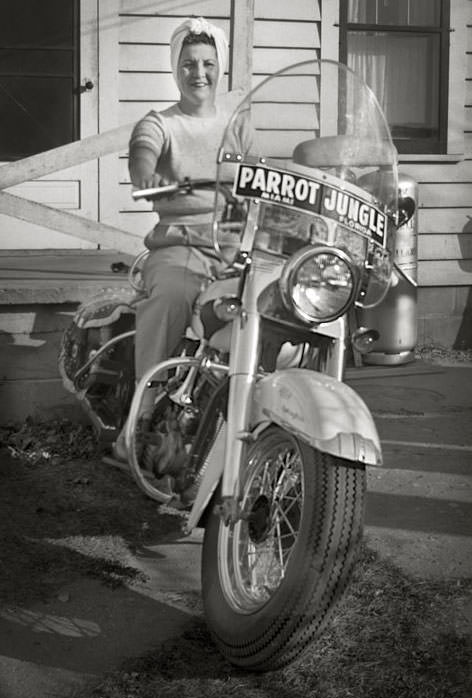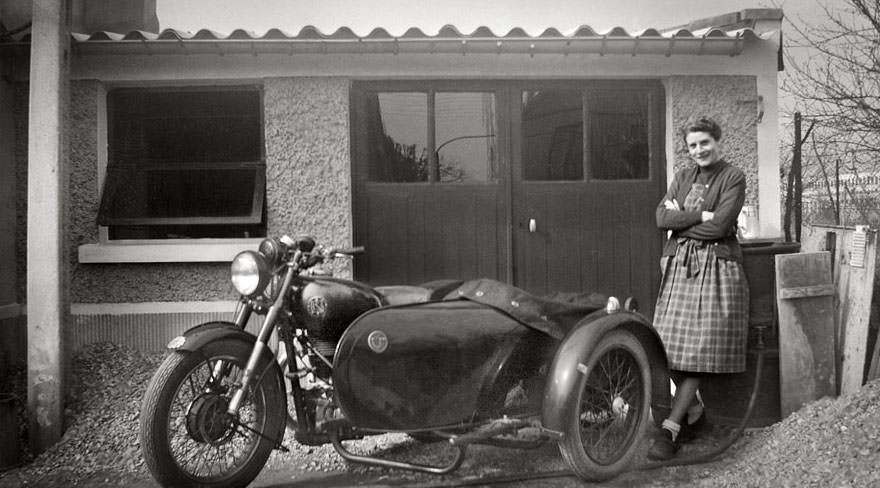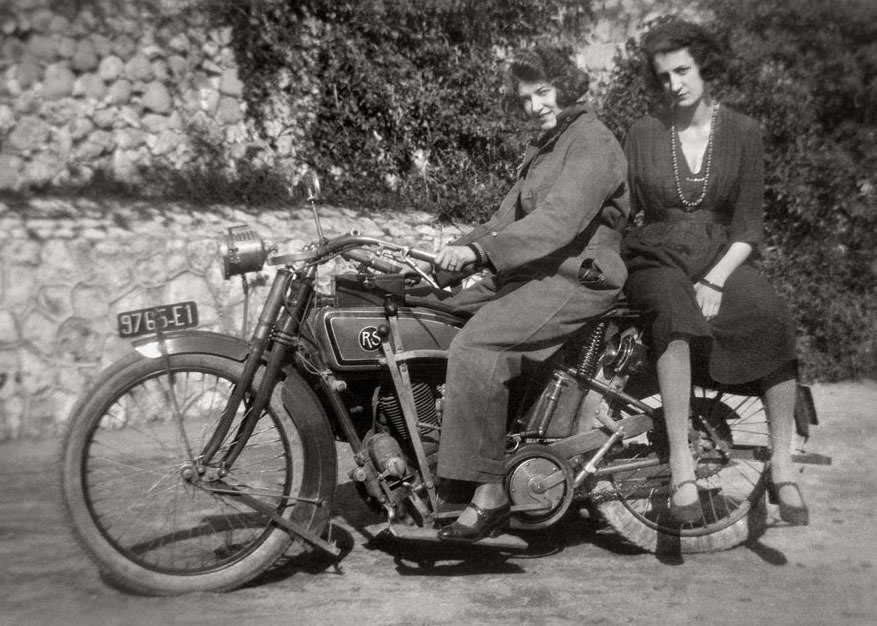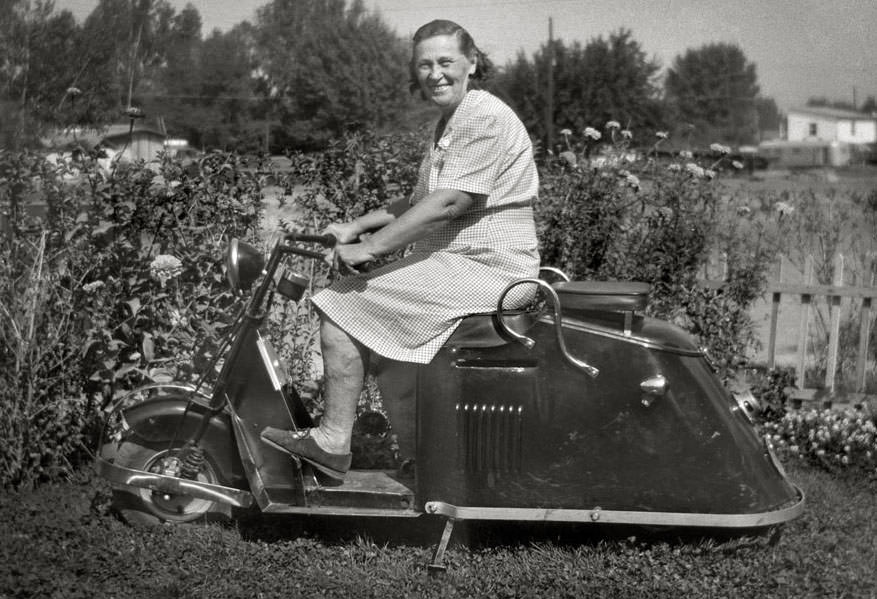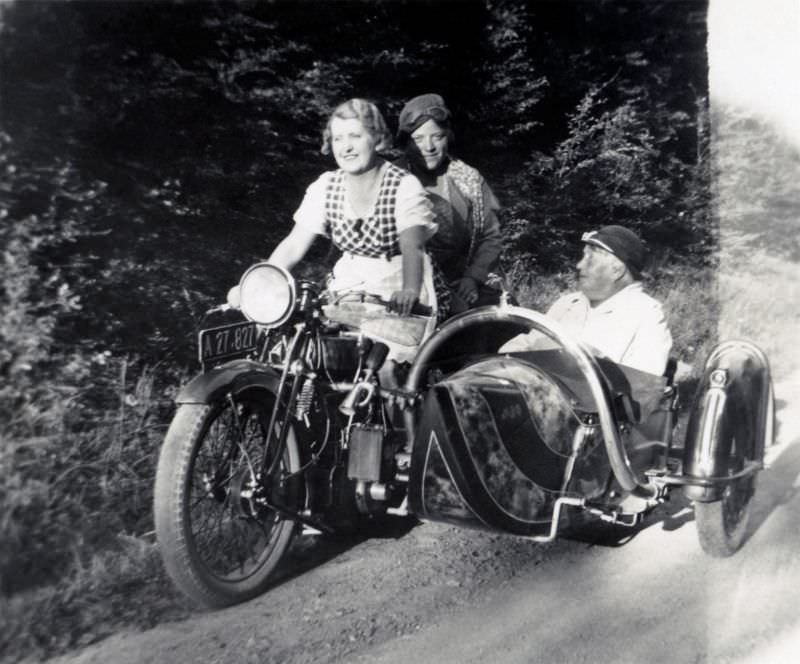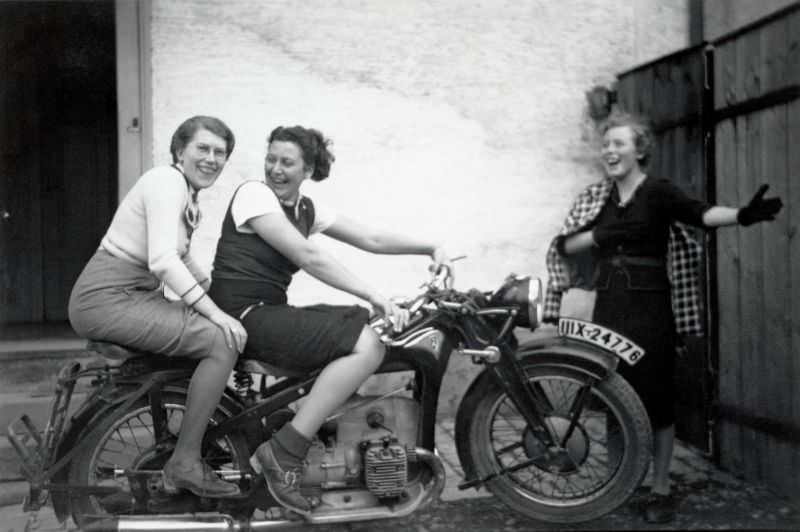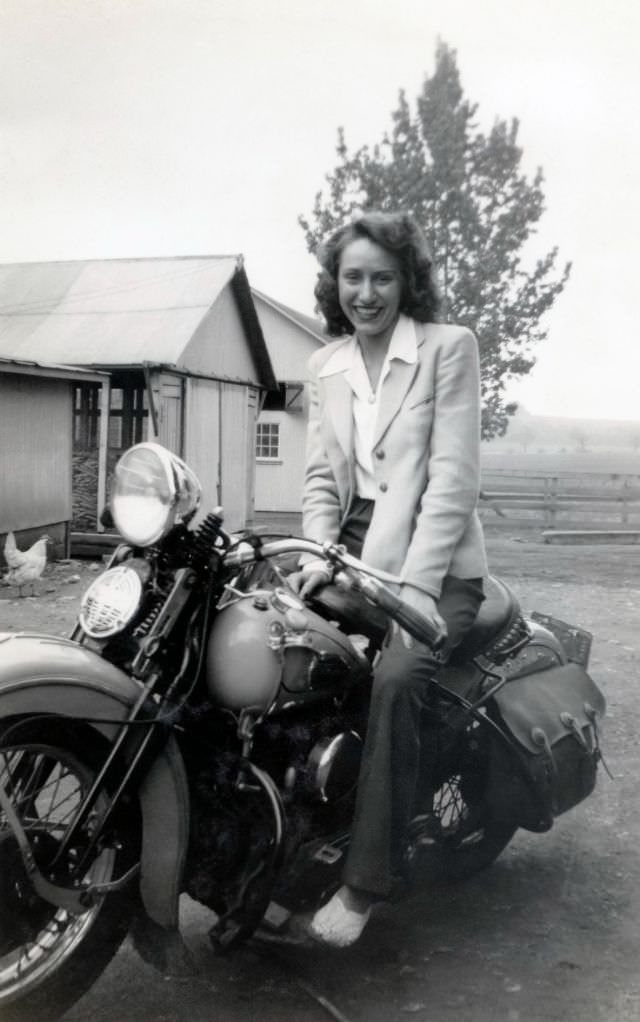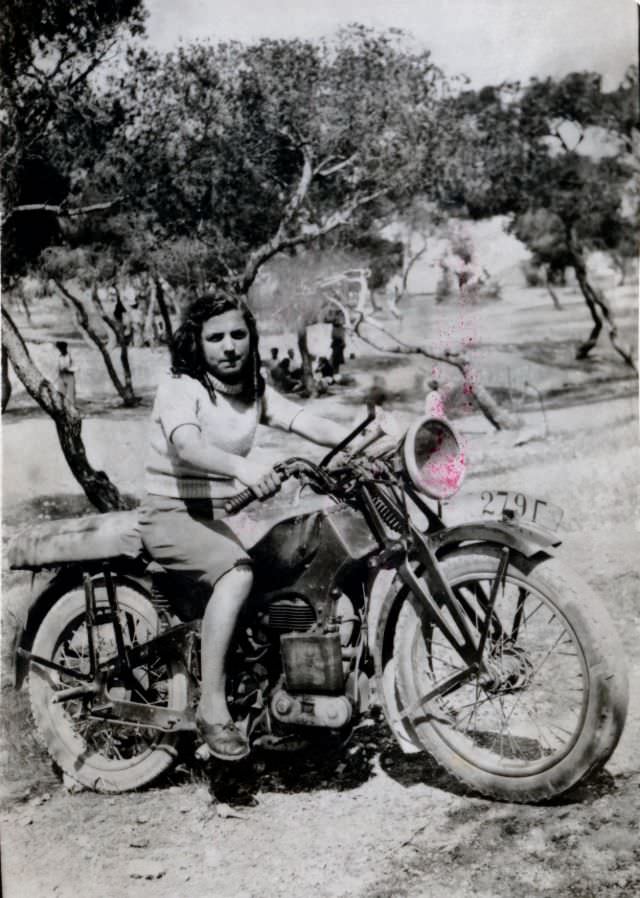Throughout the 20th century, women riding motorcycles defied gender stereotypes and societal norms. Motorcycles provided women with an avenue of independence and freedom when women’s rights were limited. Women who rode motorcycles challenged women’s traditional roles and broke barriers in the motorcycling community.
In the early 1900s, motorcycles were considered a novelty and were mainly ridden by men. However, some women began challenging this norm and took up motorcycling for transportation and leisure. One of the first documented female motorcyclists was Effie Hotchkiss, who rode her motorcycle from New York to San Francisco in 1915, becoming the first woman to make the cross-country journey on a bike.
During the 1910s, more women began to take up motorcycling as a hobby, and women’s motorcycle clubs started to emerge. These clubs offered women a sense of community and support and opportunities for social and recreational activities. One of the most notable women’s motorcycle clubs was the Motor Maids, founded in 1940 and still exists today.
In the 1920s, motorcycles became more affordable and accessible, and the number of women riders increased. Women’s motorcycle clubs continued to grow, and women started organizing their own races and competitions. The 1920s also saw the emergence of female motorcycle stunt riders, such as Lillian La France, who performed daring stunts and tricks on her motorcycle, challenging gender roles and expectations.
During World War II, women in various countries took up motorcycling for transportation and work. In the United Kingdom, women delivered messages and supplies to the military on their motorcycles, and the Women’s Royal Naval Service (WRNS) also used motorcycles for their work. In the United States, the Women’s Army Corps (WAC) used motorcycles for messenger duty, and many women also took up motorcycling as a hobby during this time.
The 1950s and 1960s saw an increase in women motorcyclists, with many breaking gender barriers in motorcycle racing. Women like Beryl Swain and Maria Teresa de Filippis were among the first to compete in motorcycle racing at the highest levels, inspiring a new generation of female riders.
Today, women continue to break barriers in the motorcycle world, and the history of women riders serves as a reminder of the strength and resilience of women who have paved the way for future generations. Despite facing many challenges and obstacles, women riders have persevered, inspiring future generations to pursue their passions and break barriers. The history of women riders is an essential part of motorcycle culture, and their impact on the sport and industry will continue to be felt for years.
Here are some stunning photographs from the 20th century showcasing women riding motorcycles and defying gender stereotypes.


